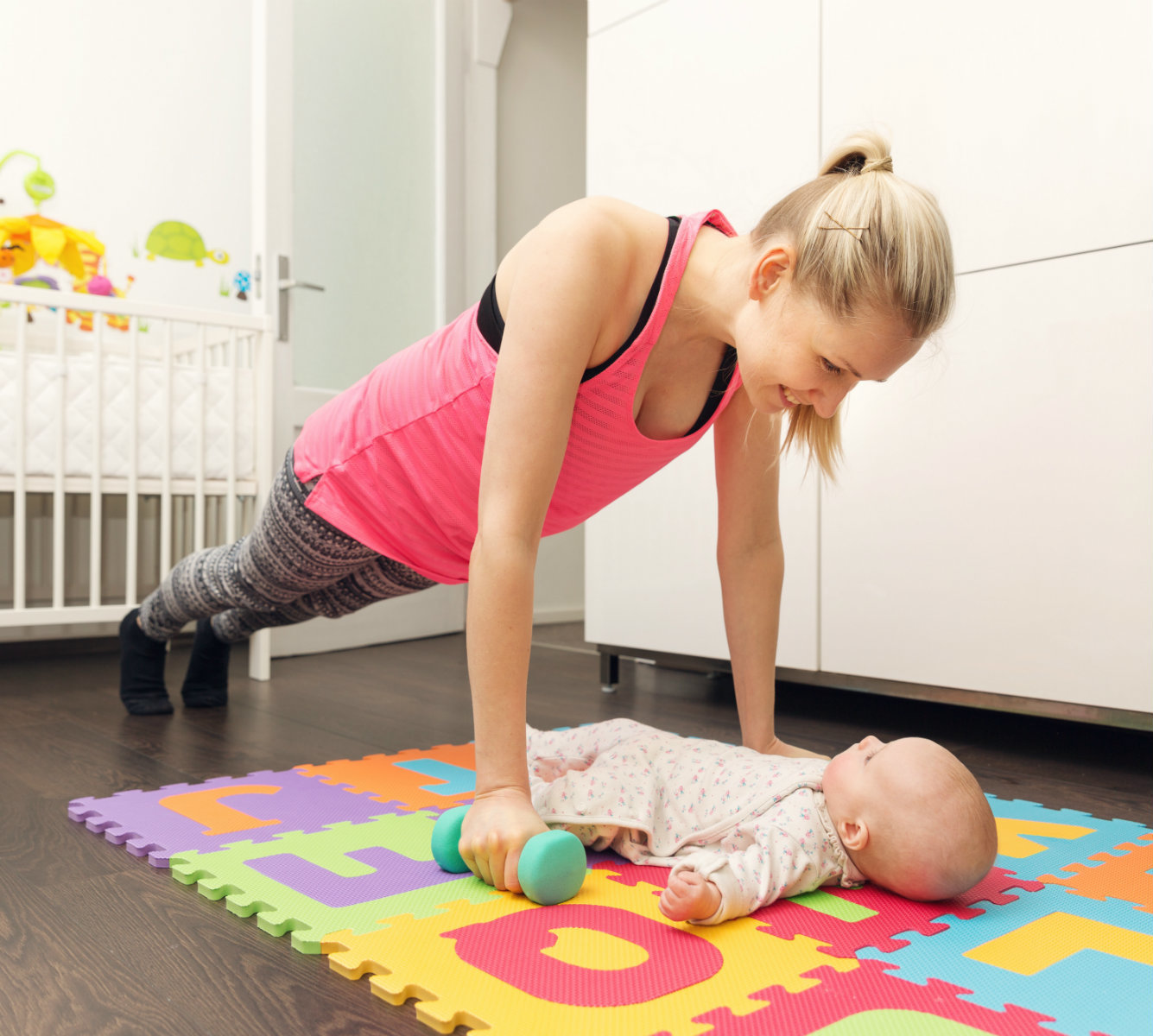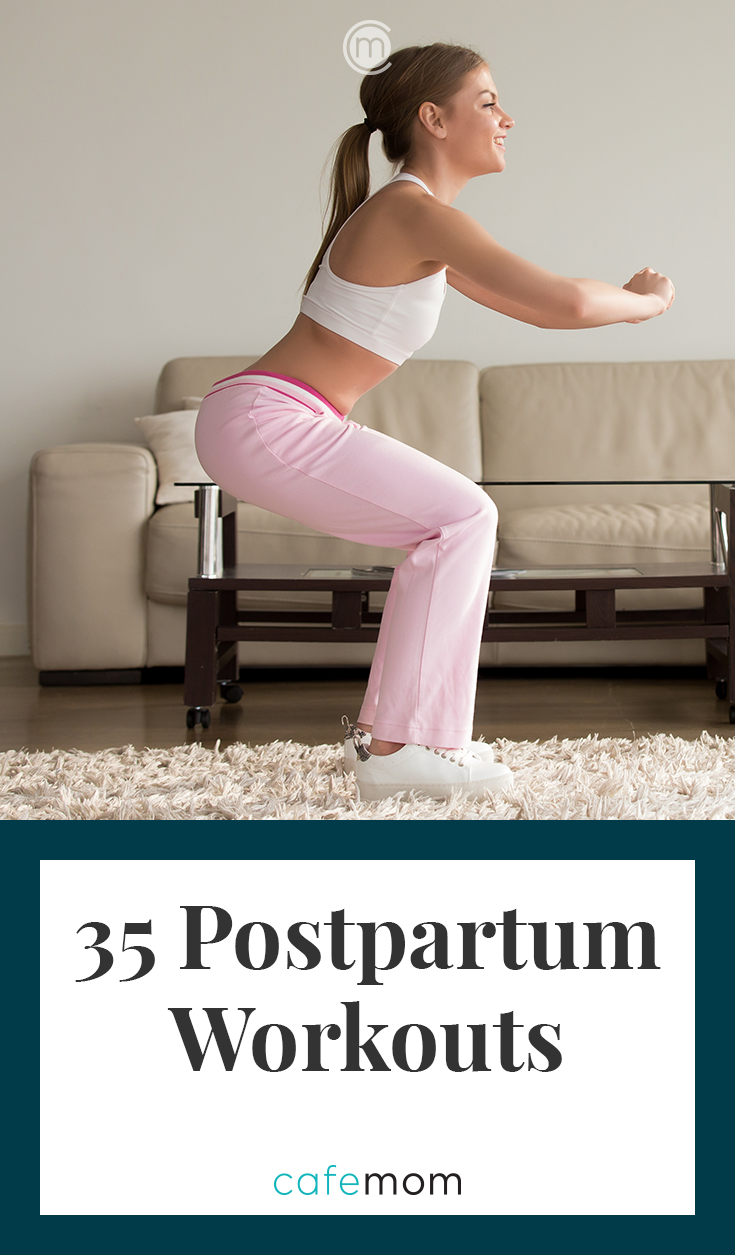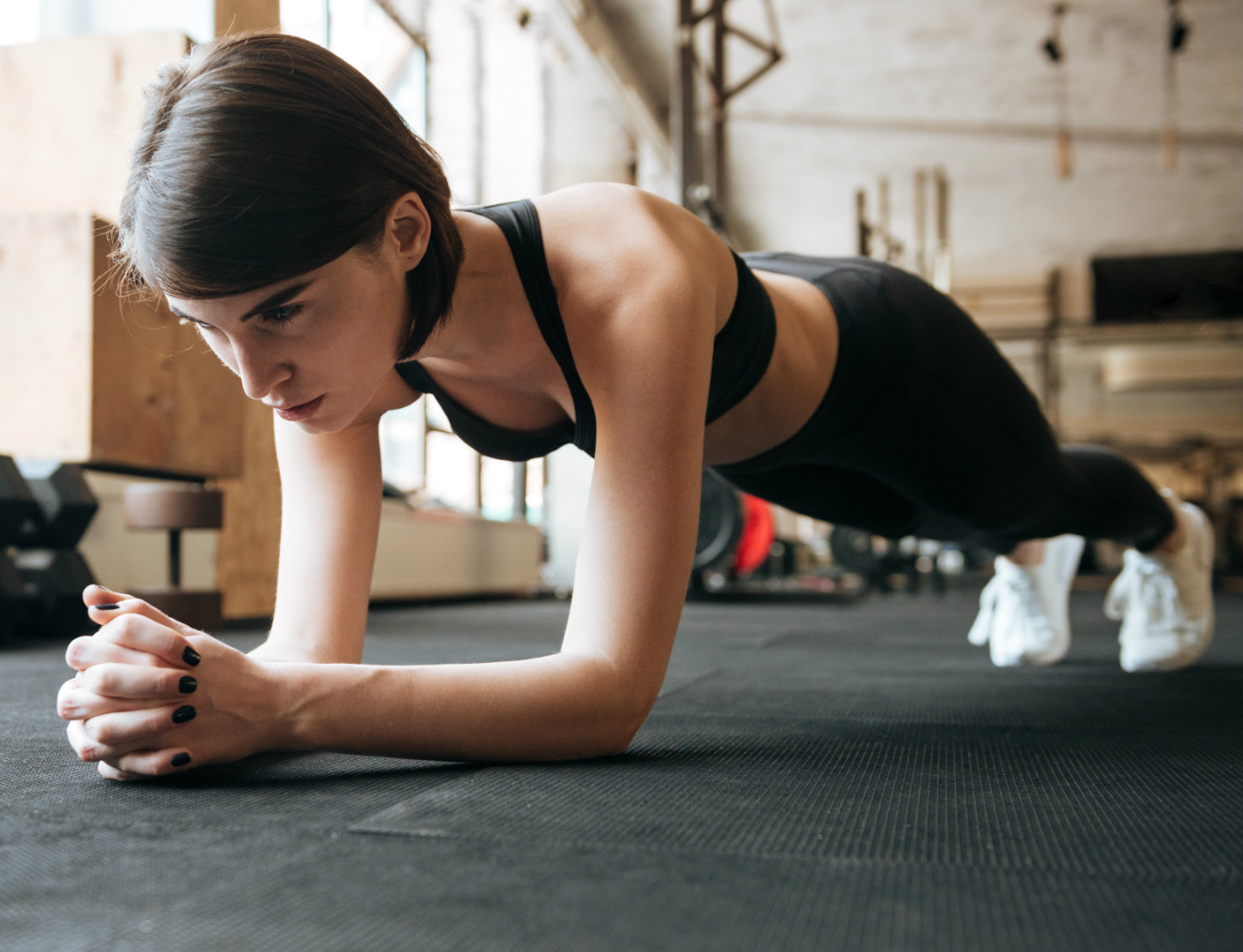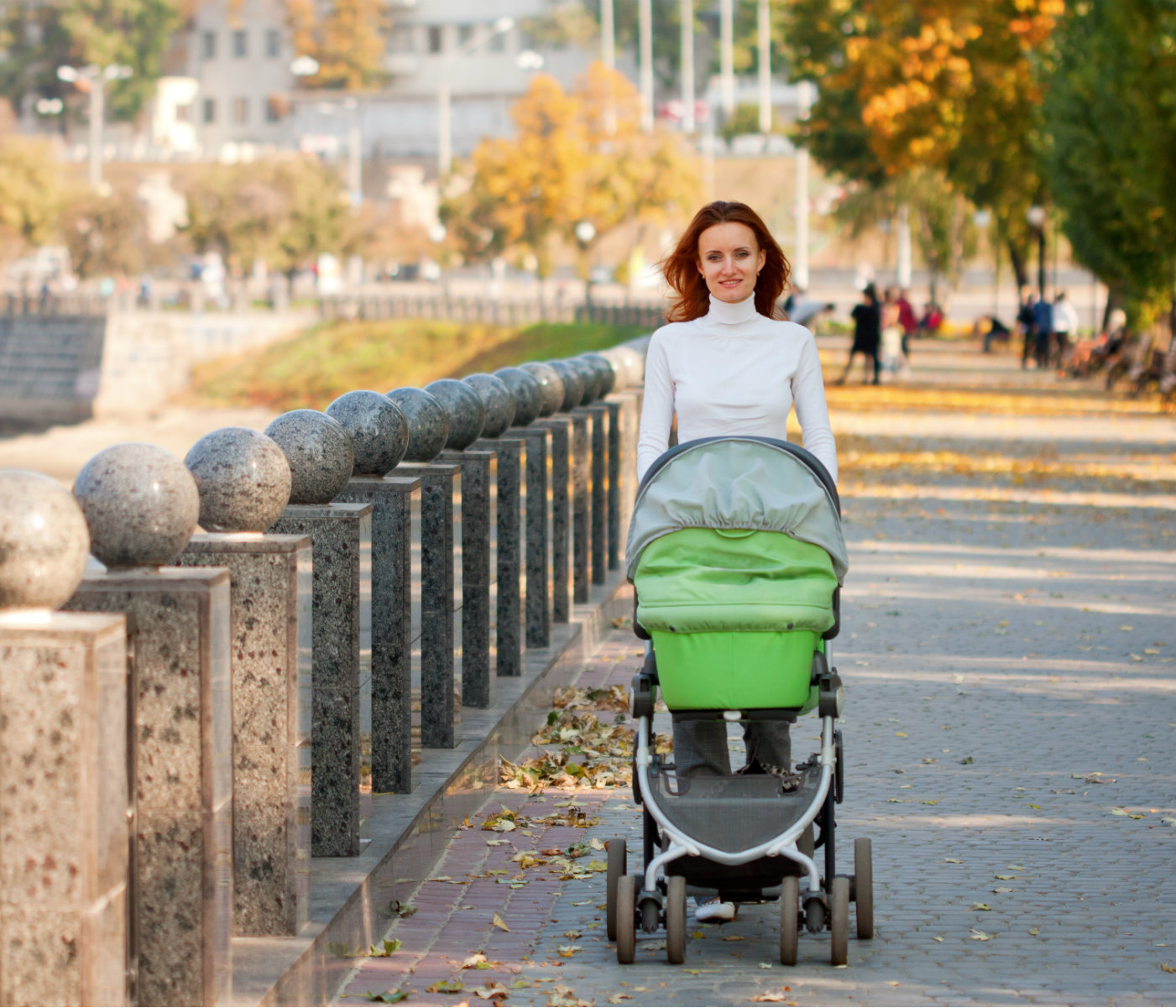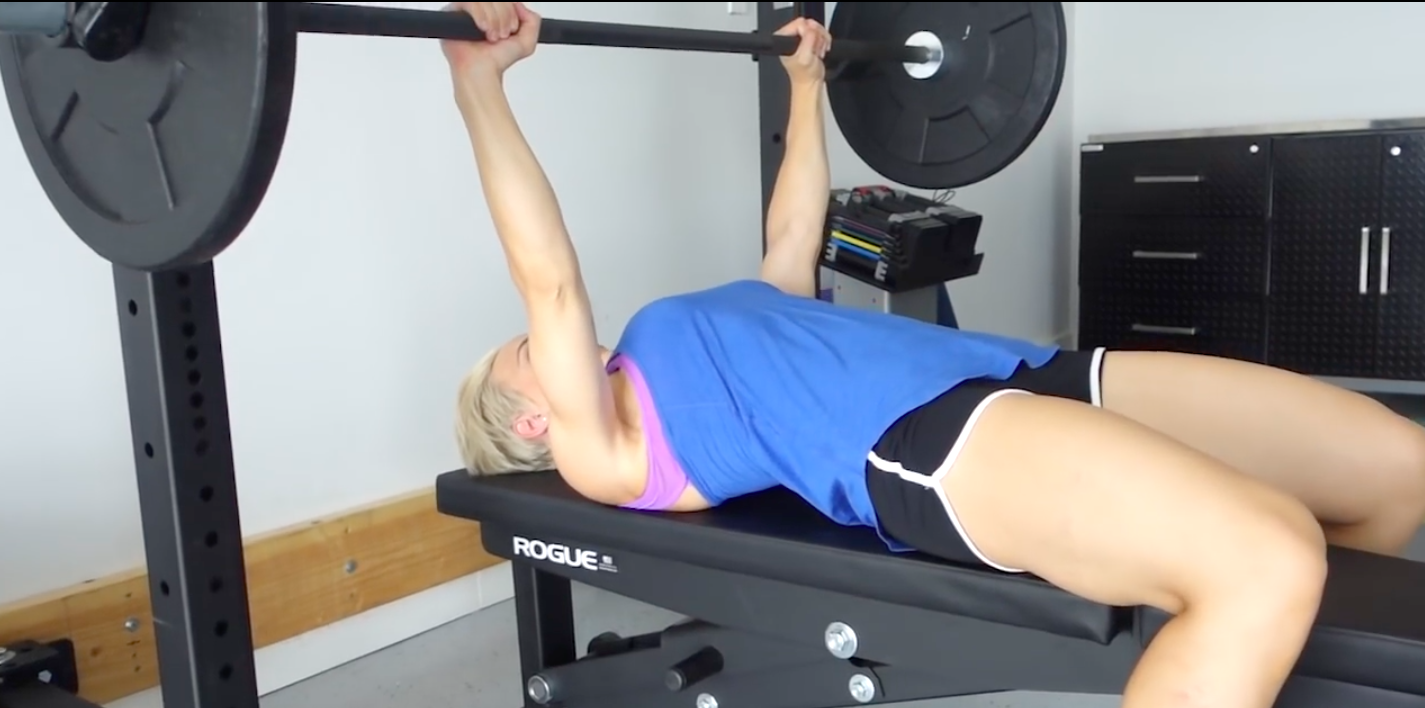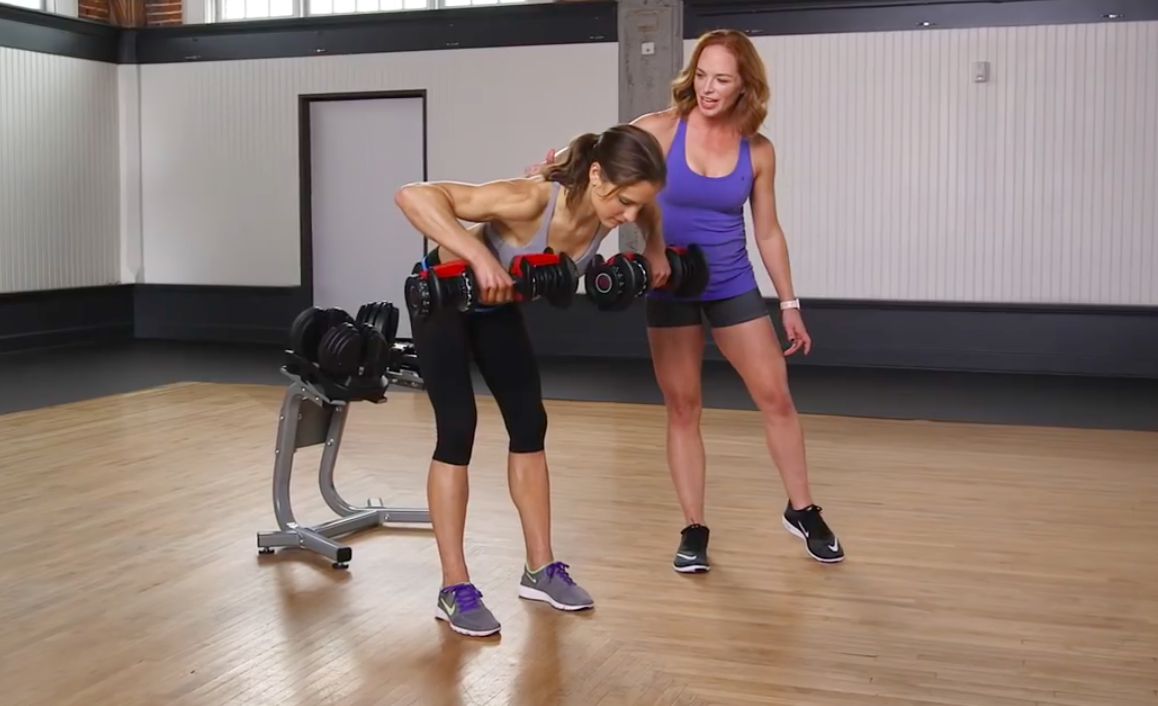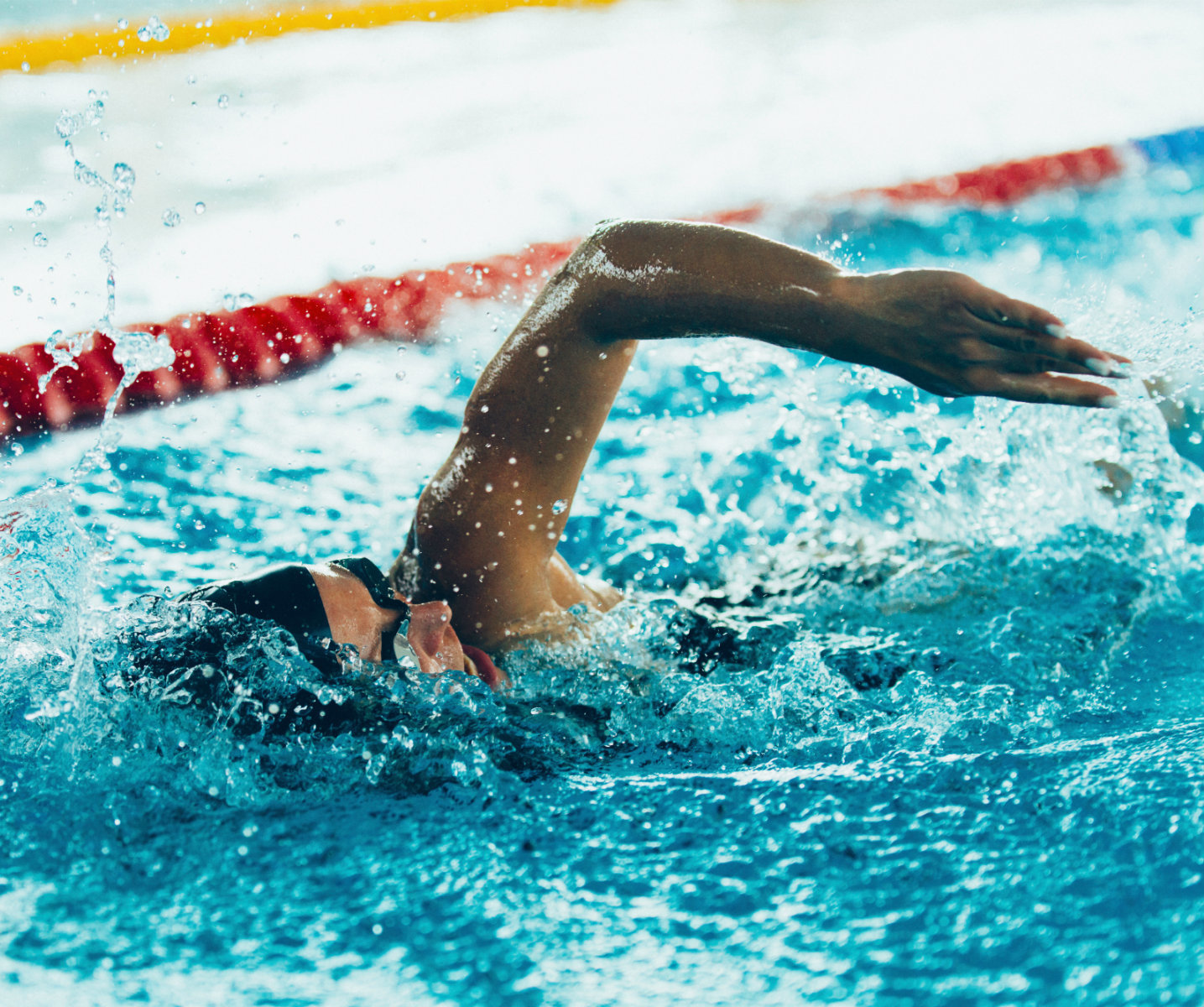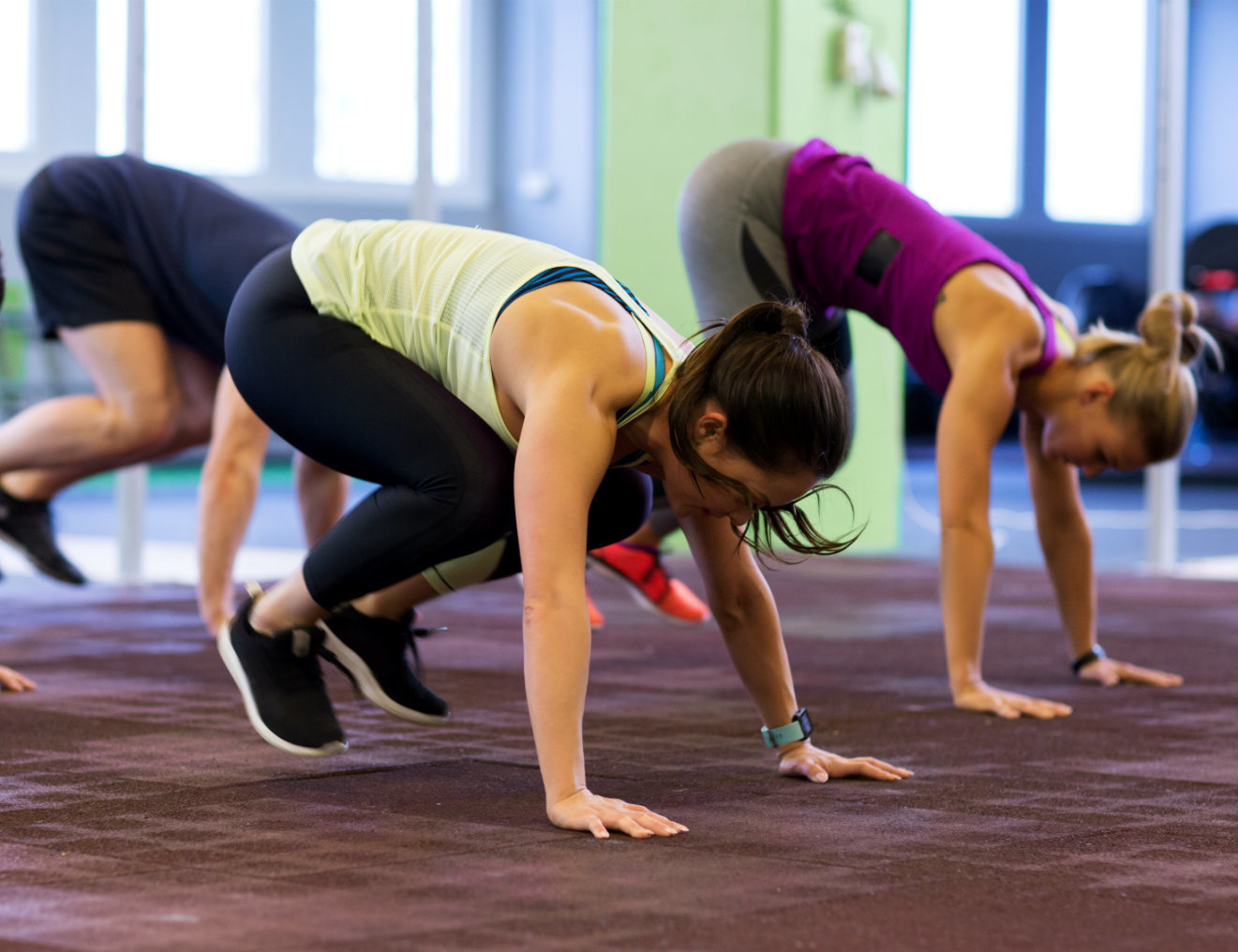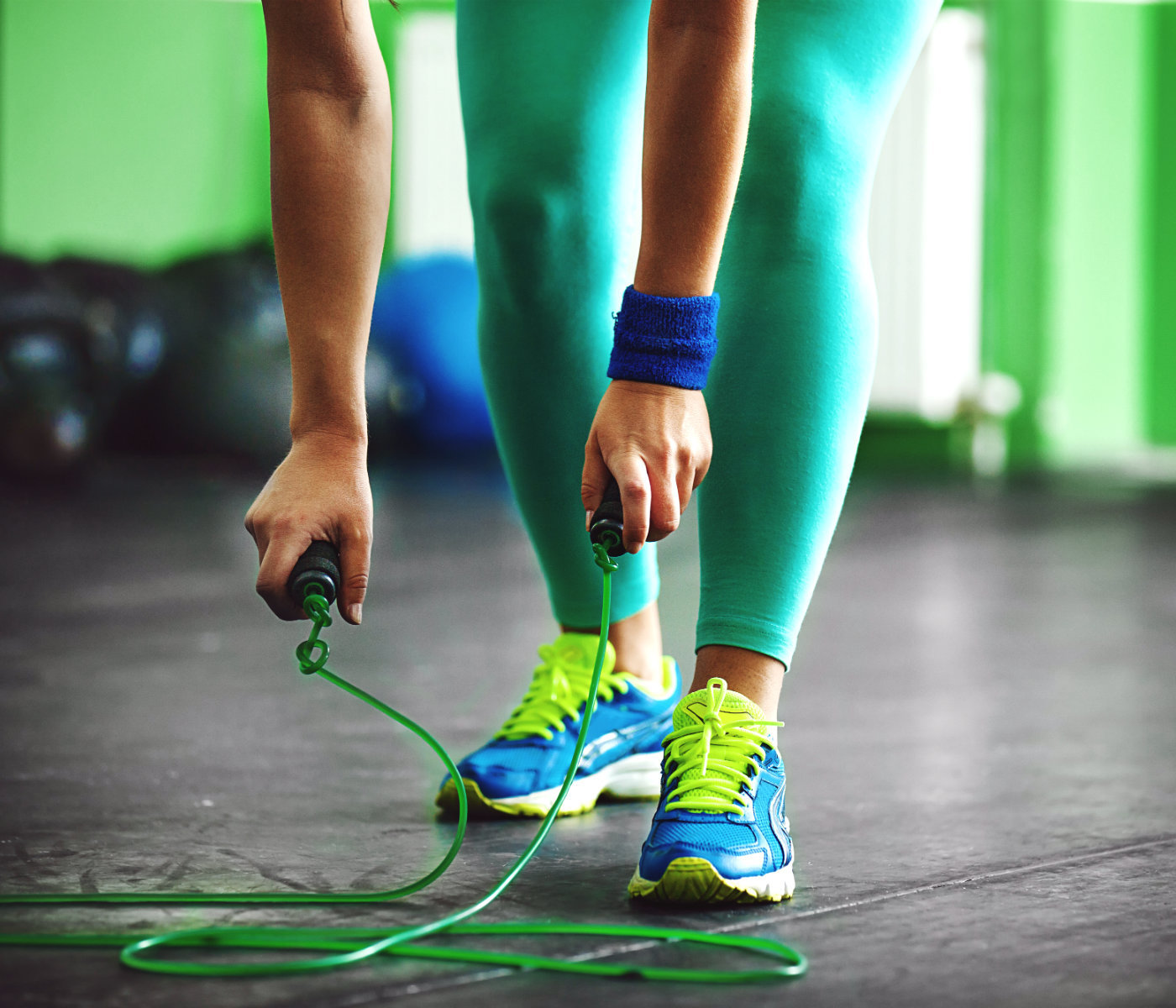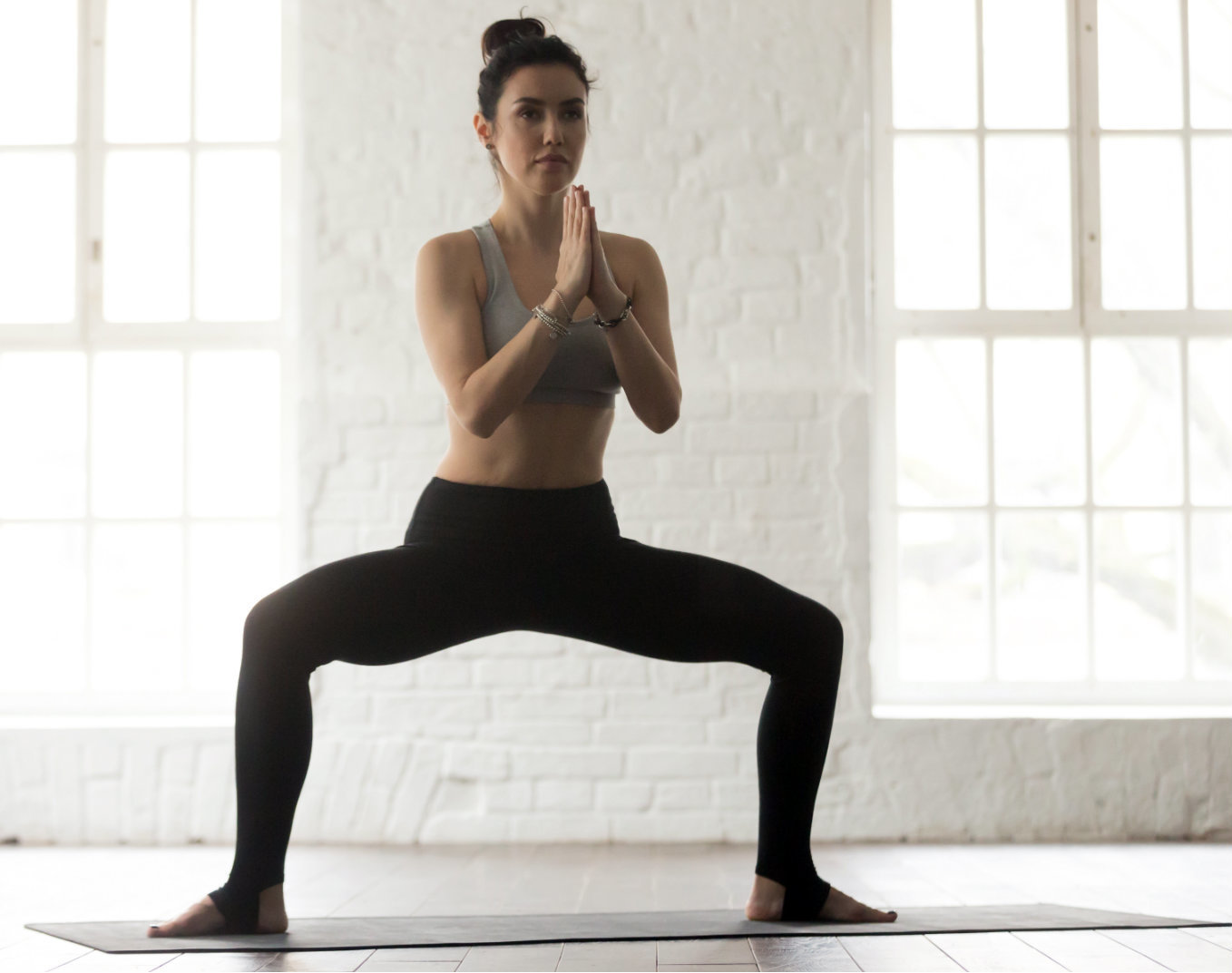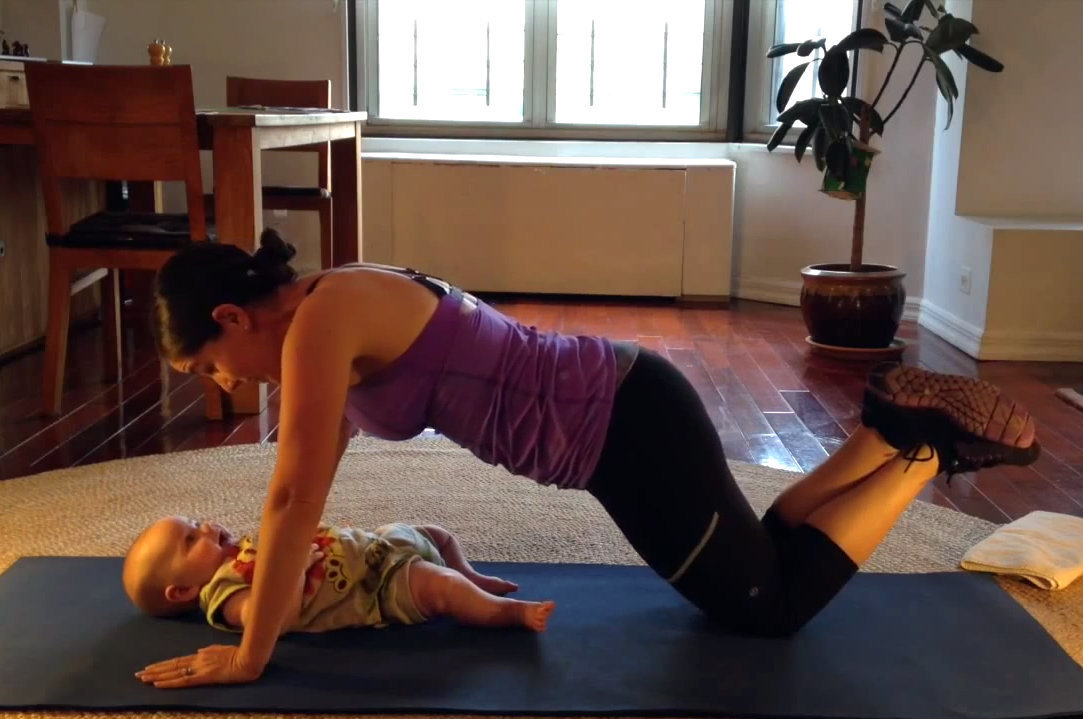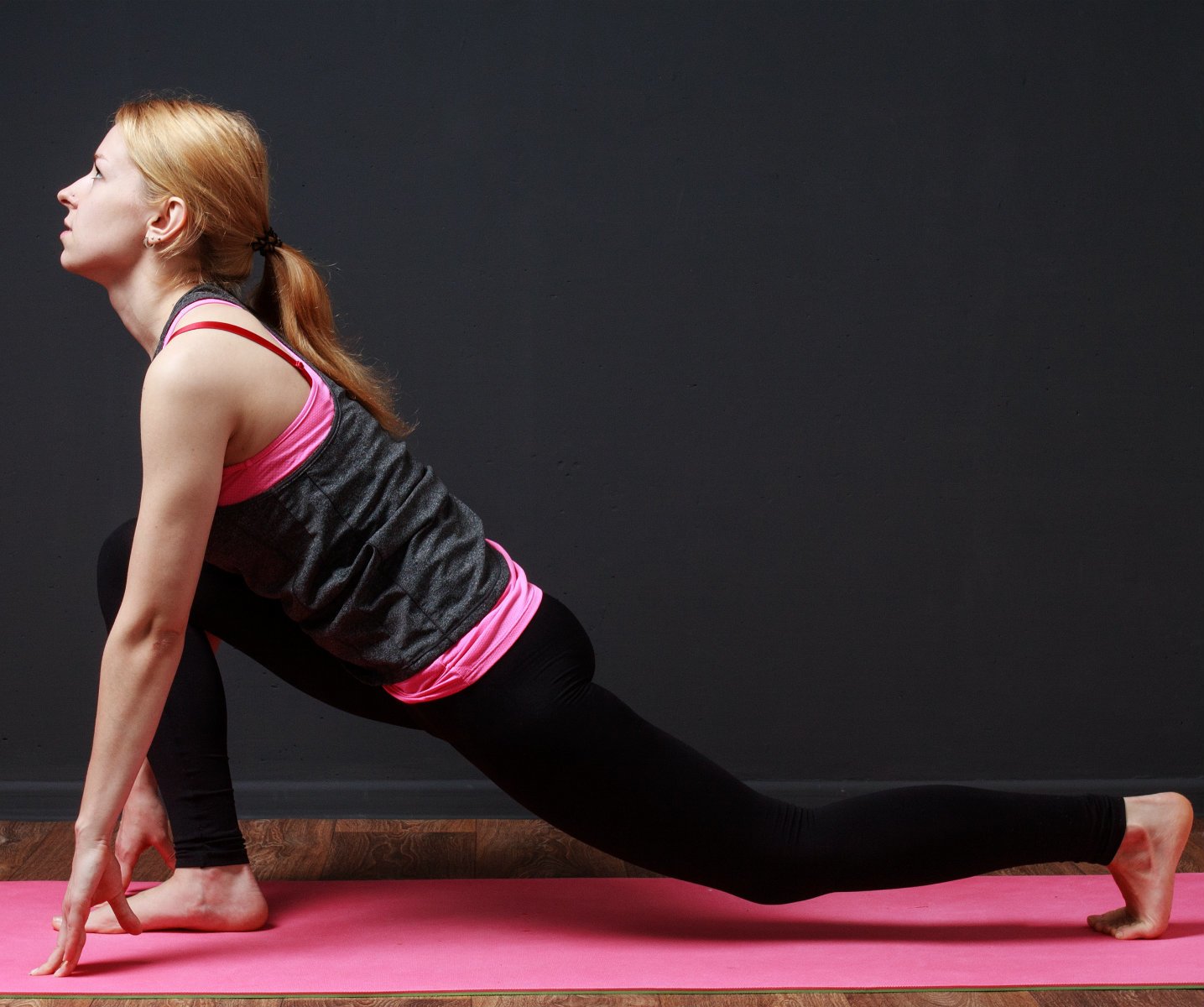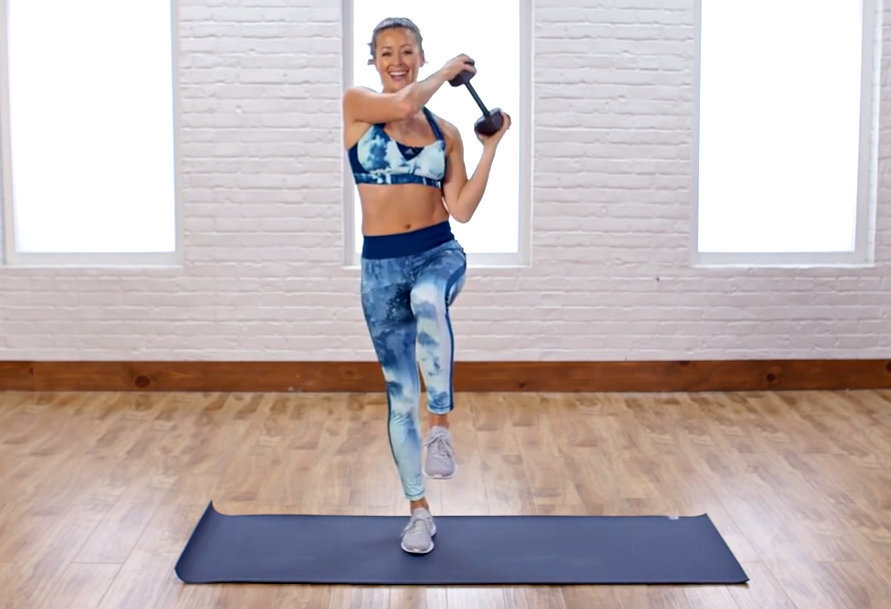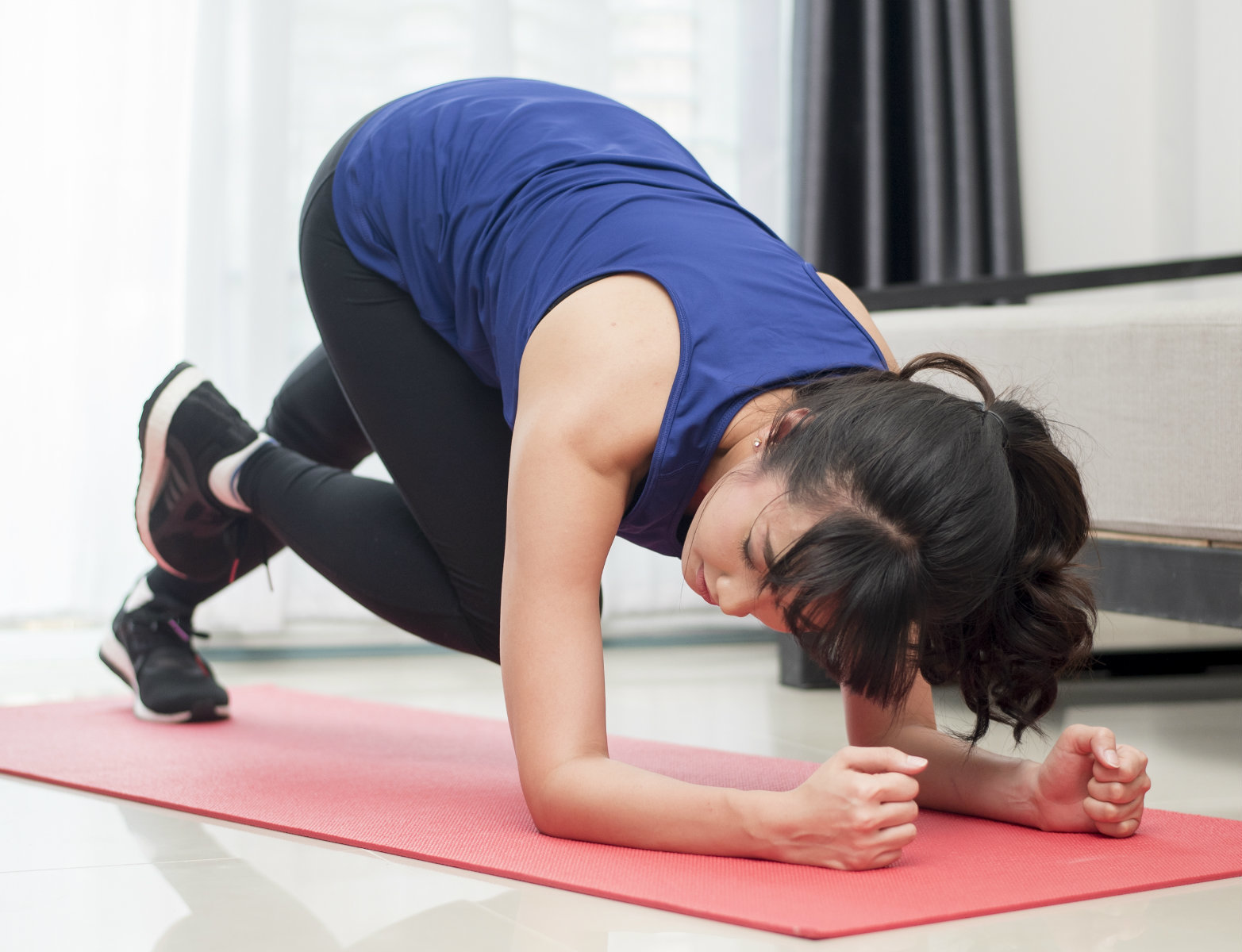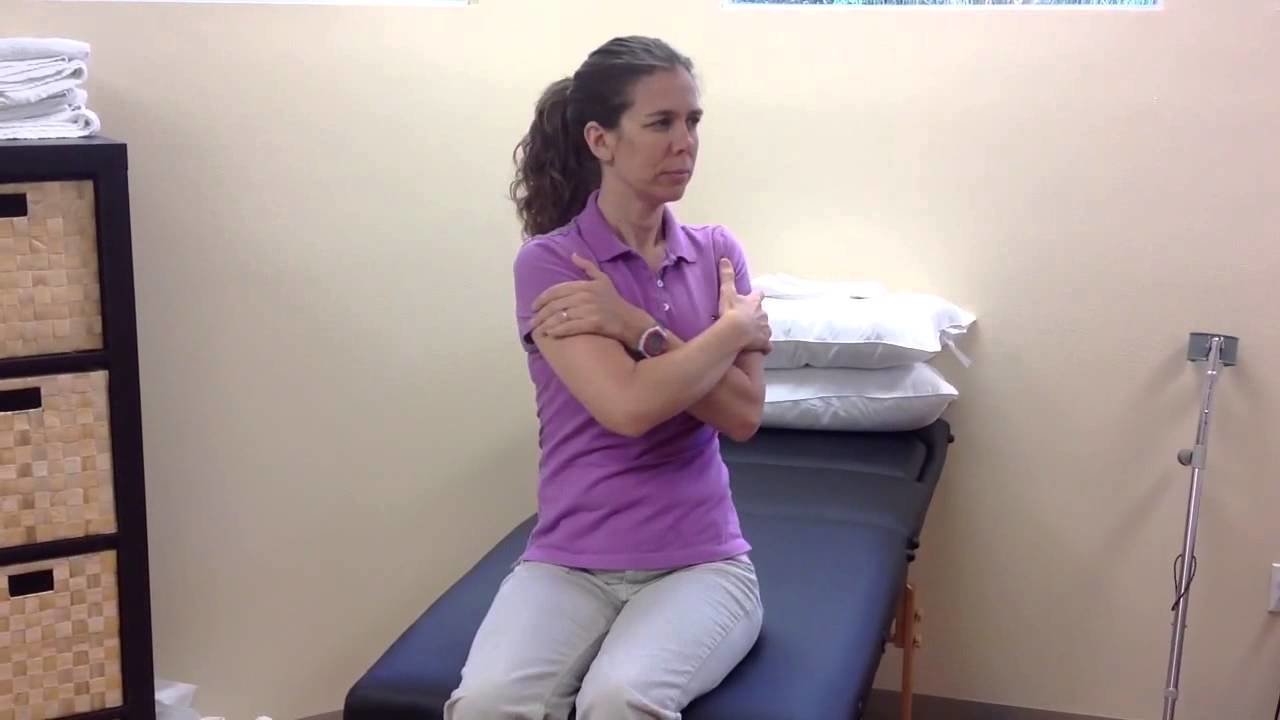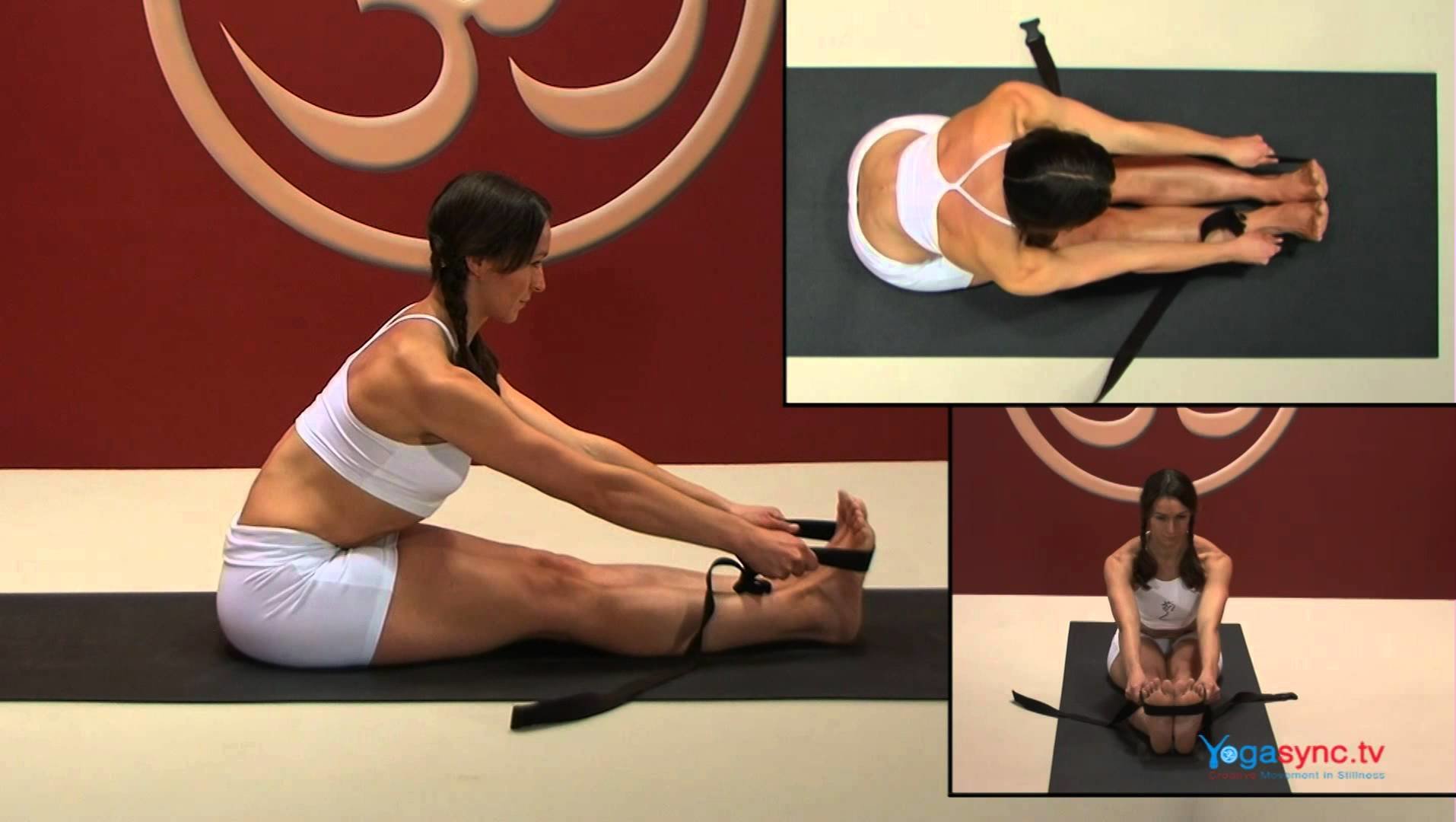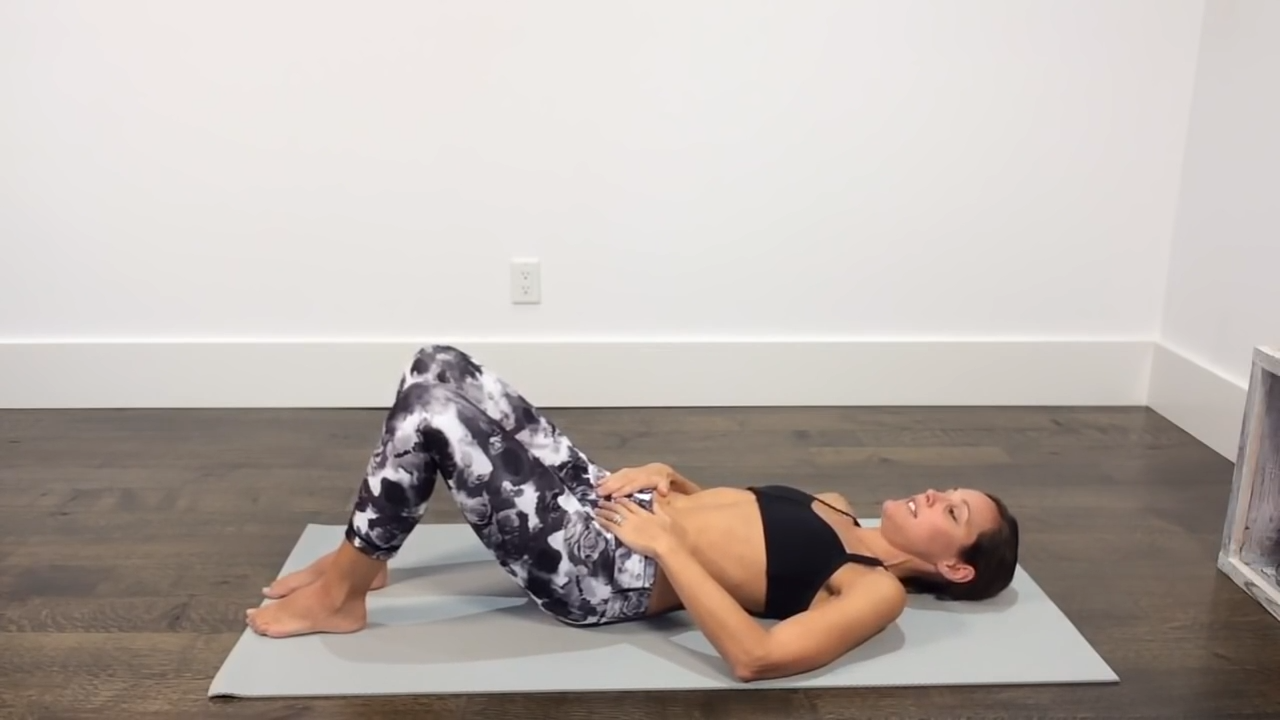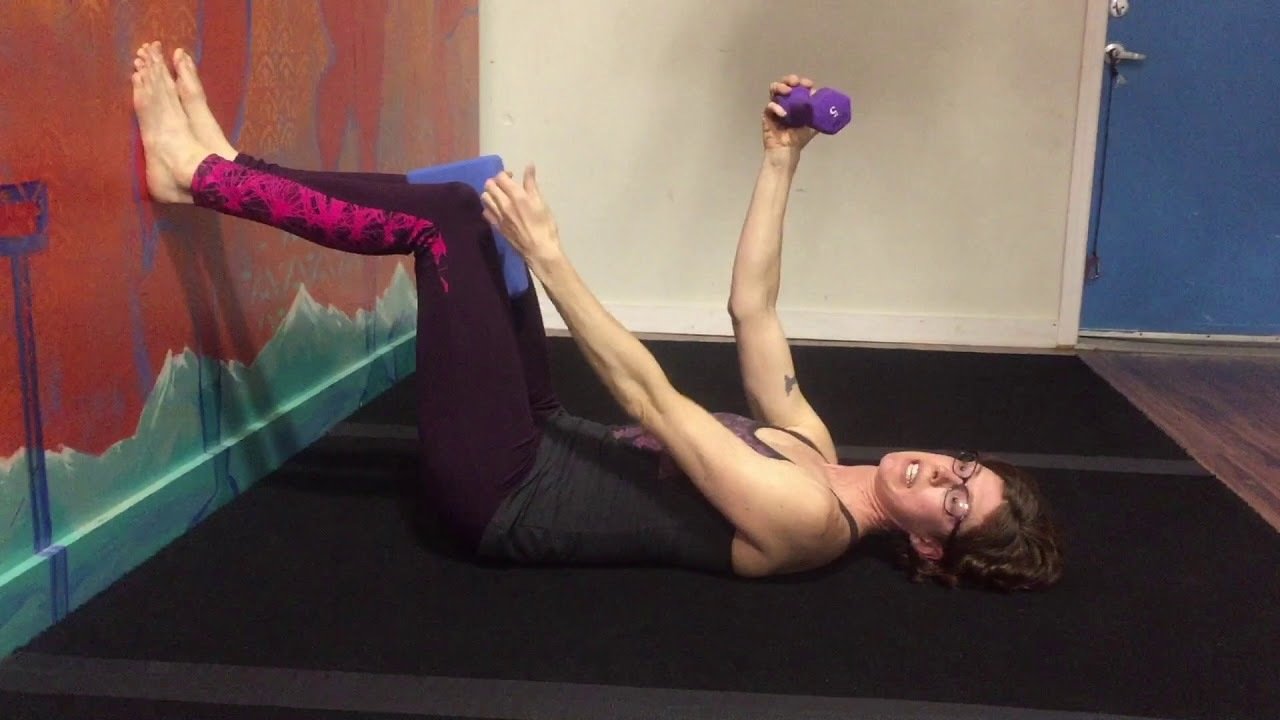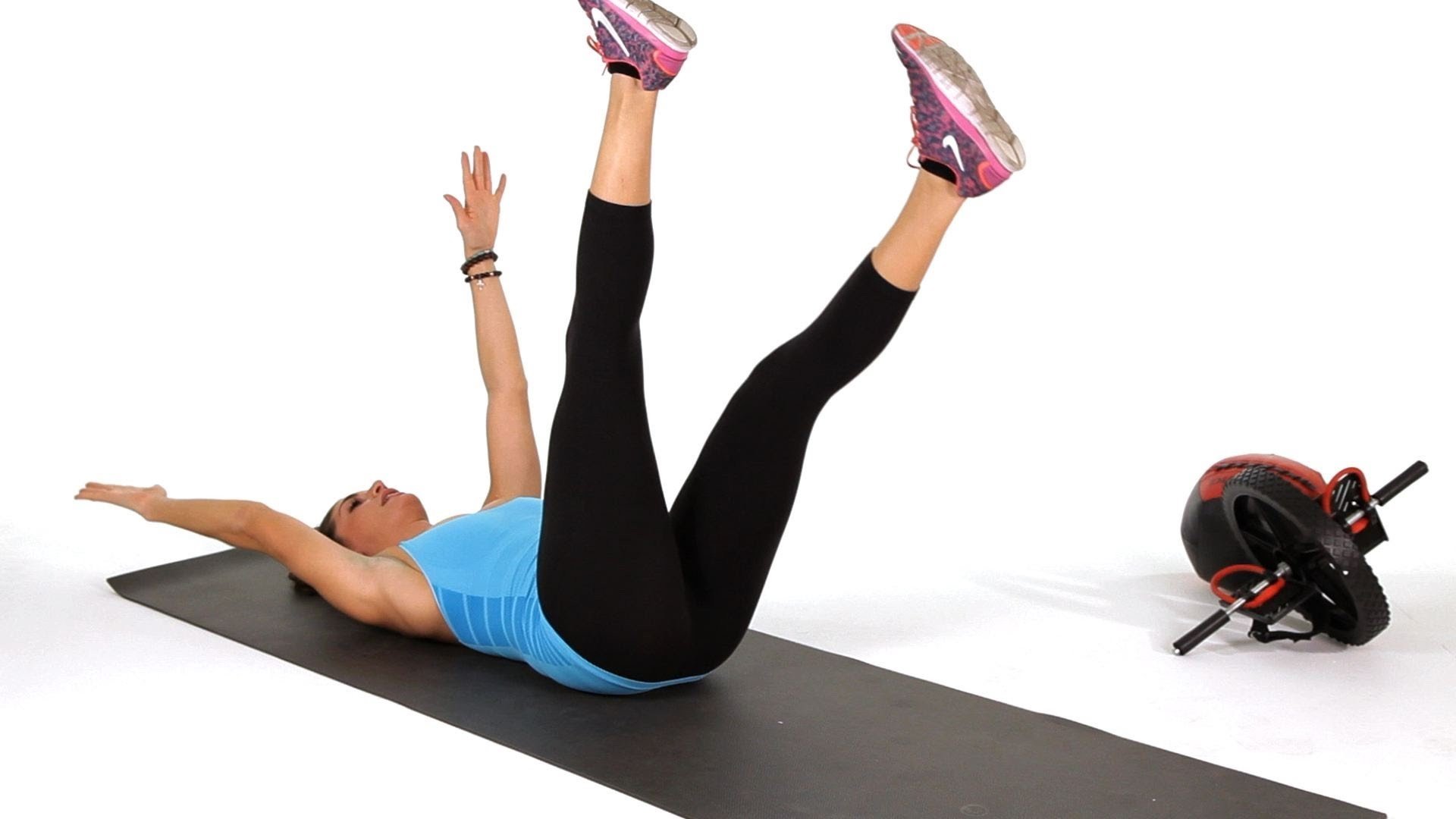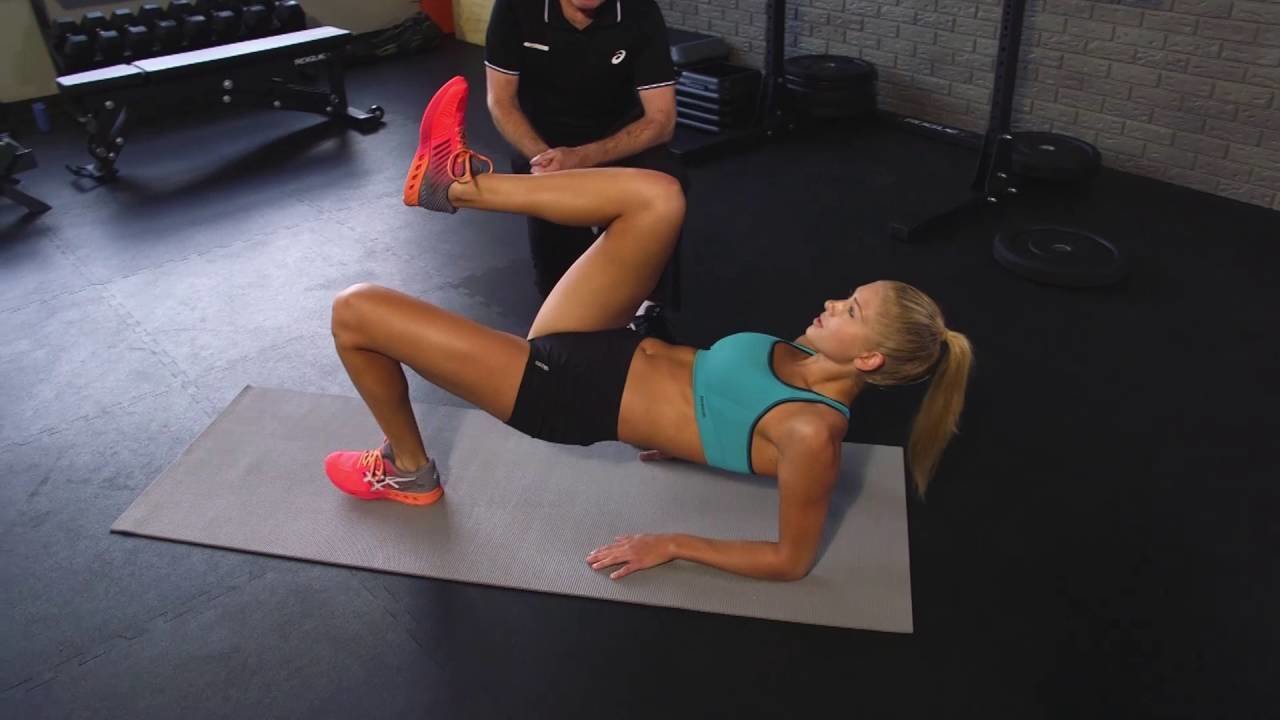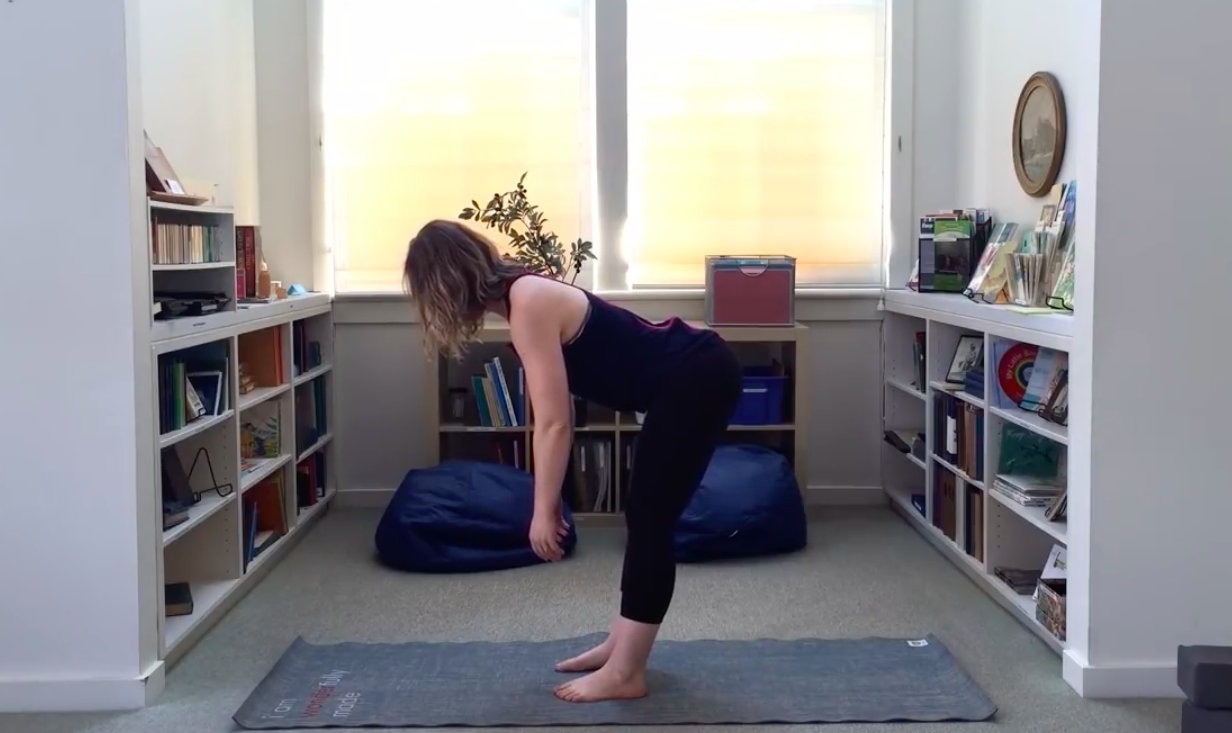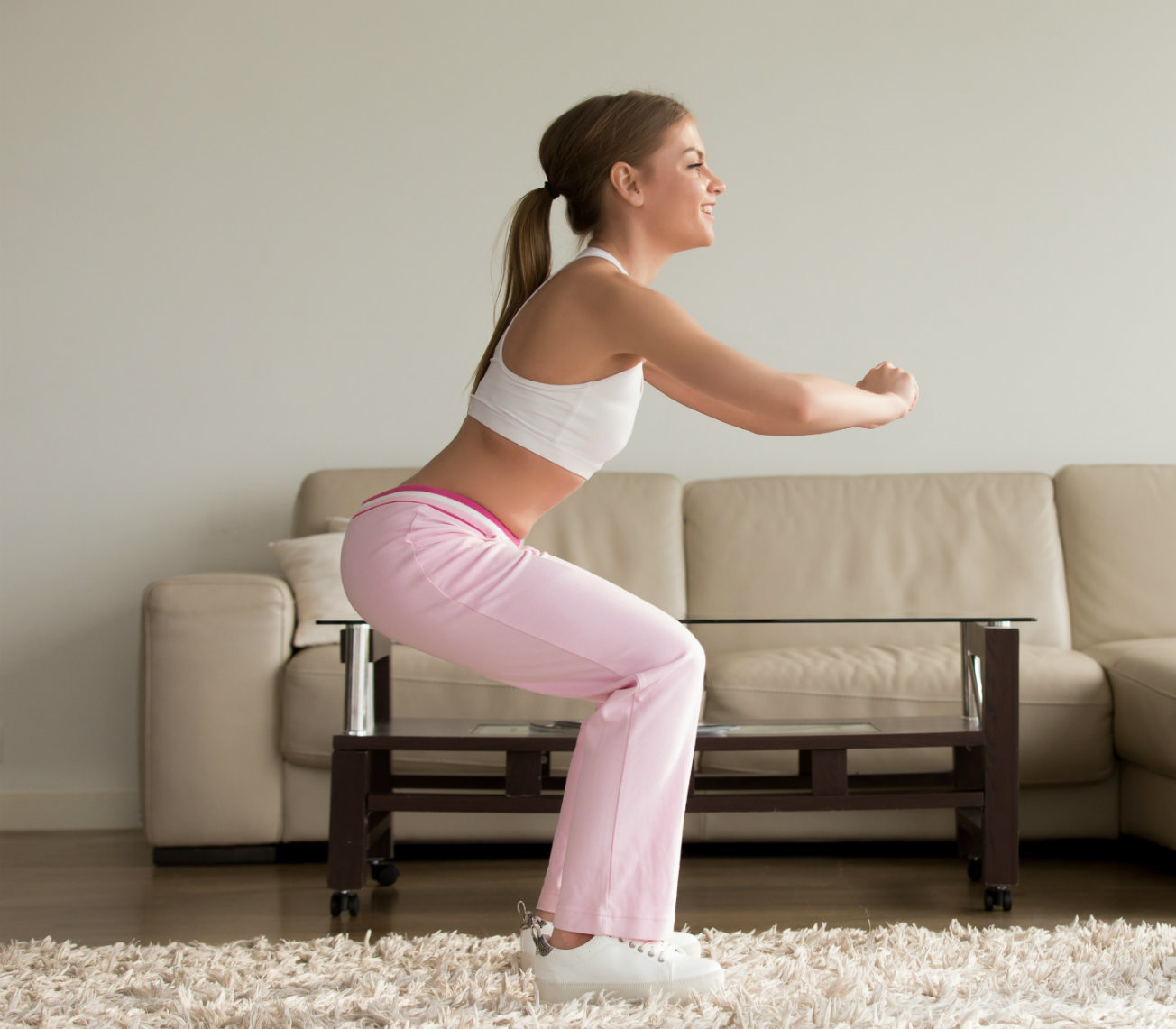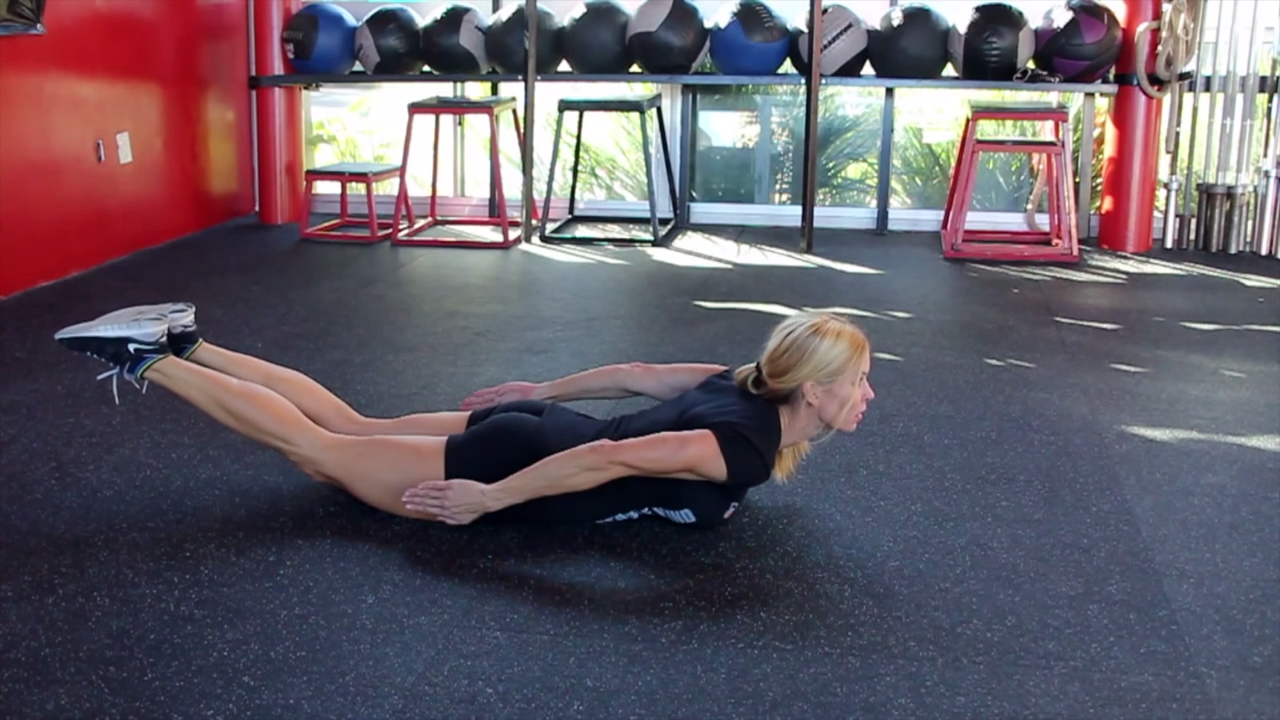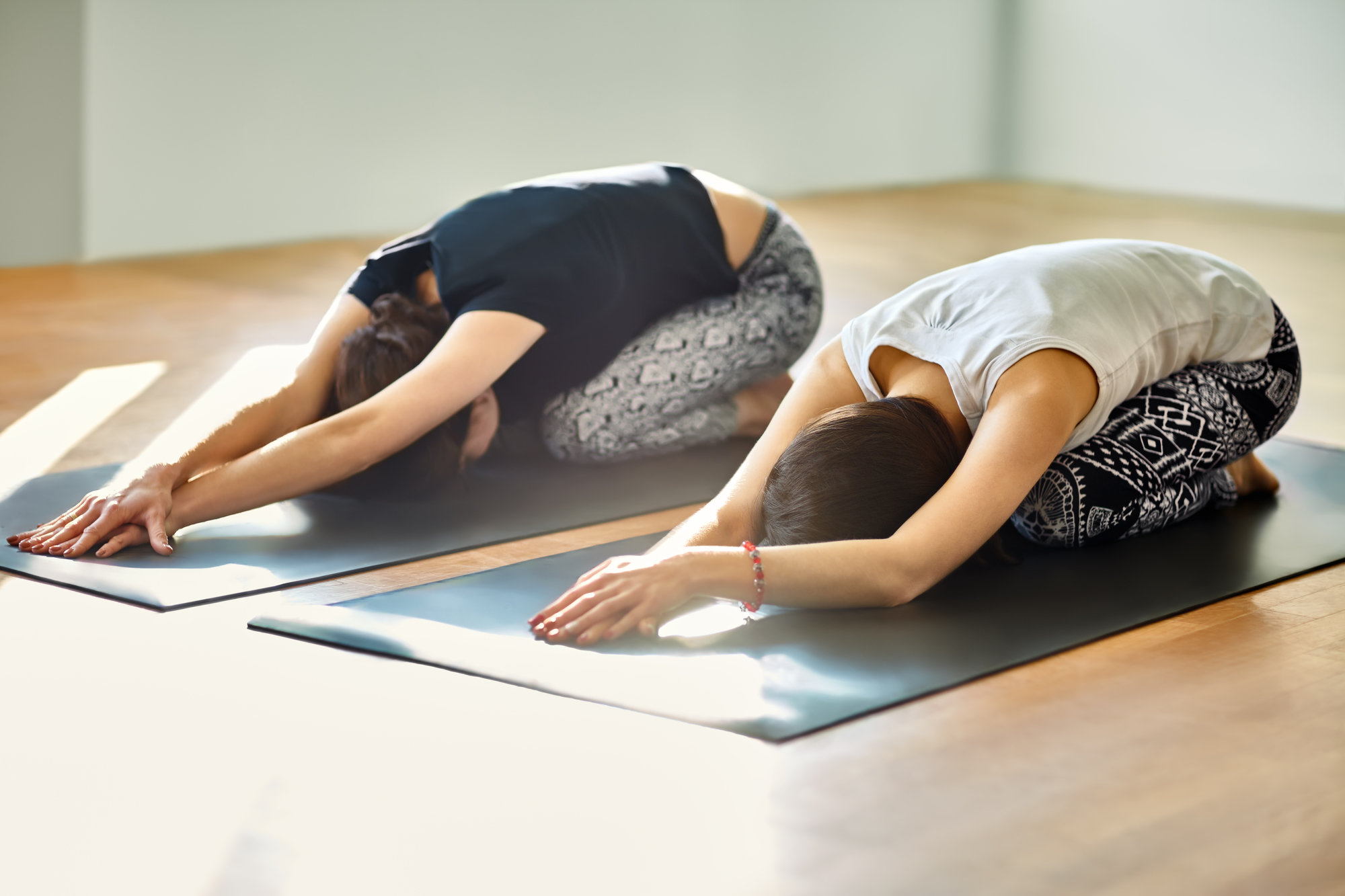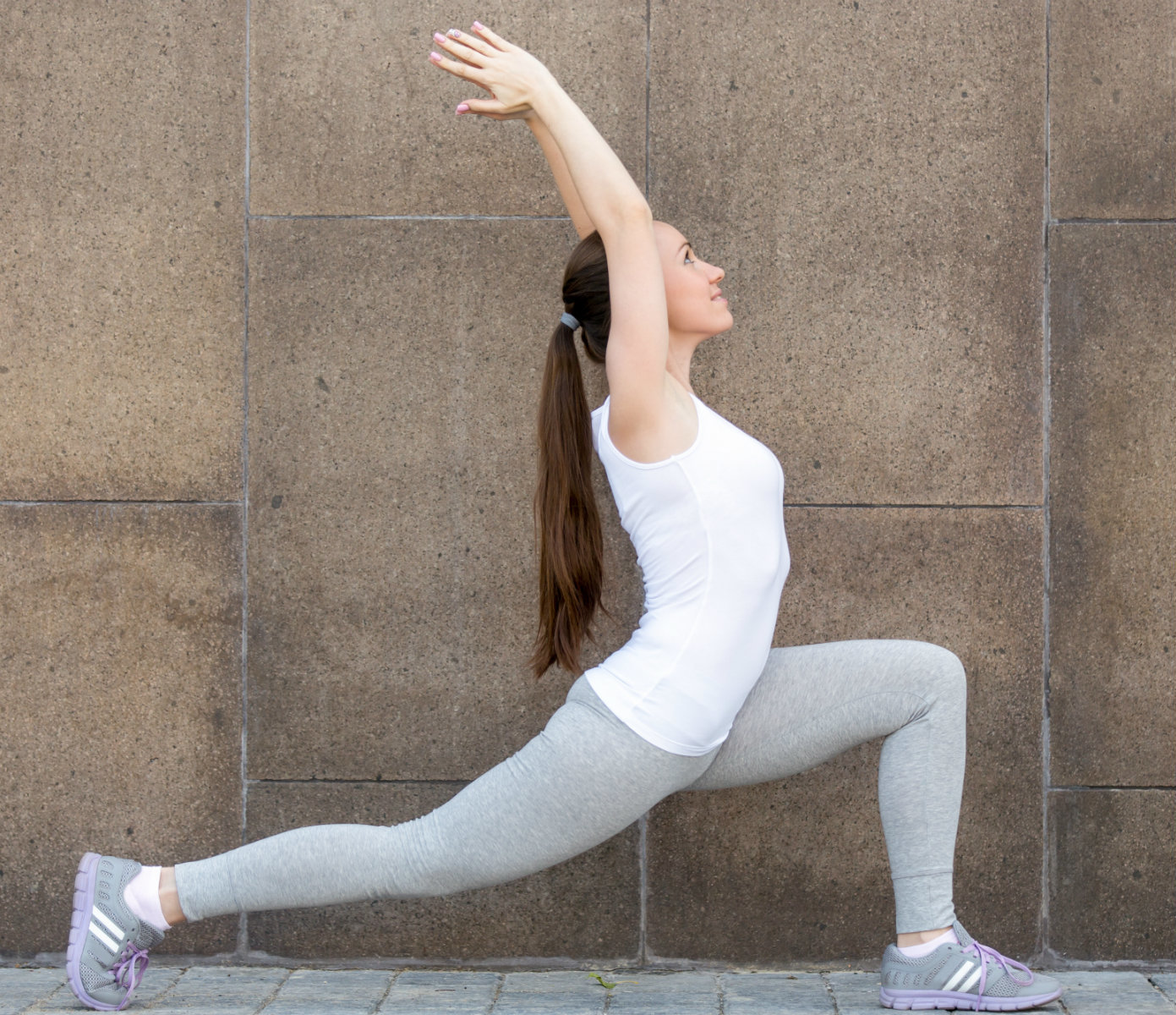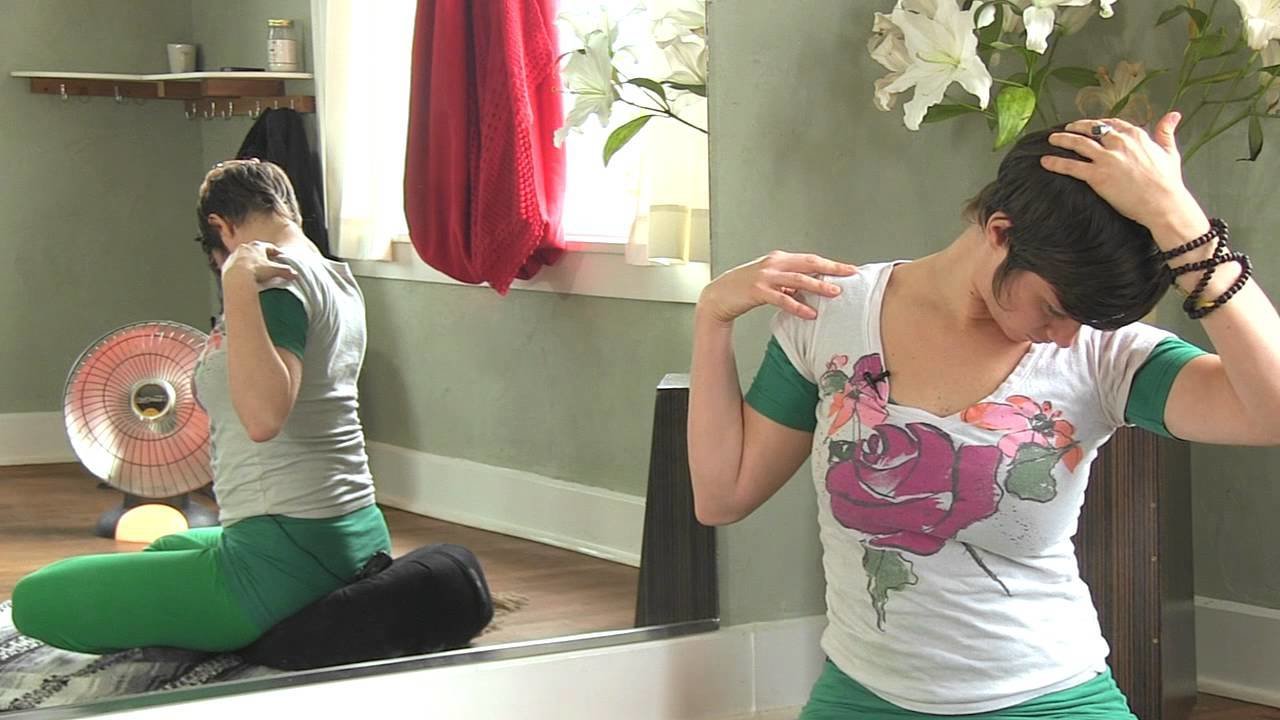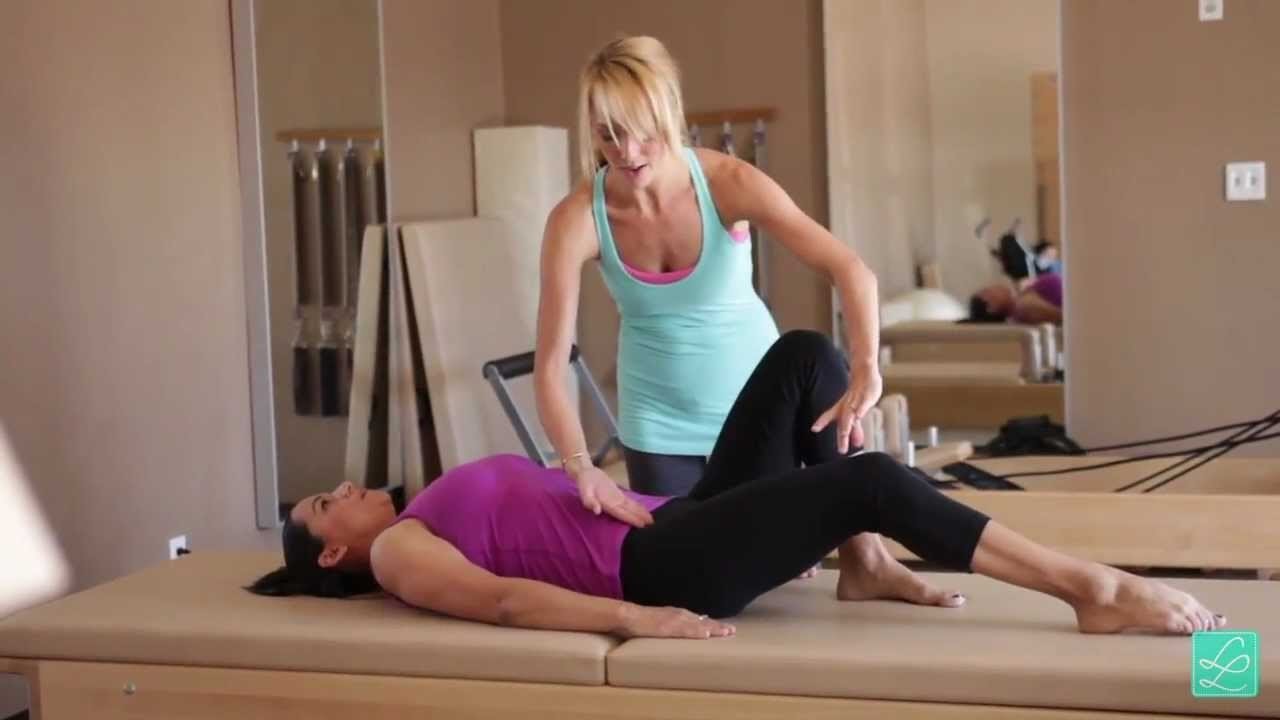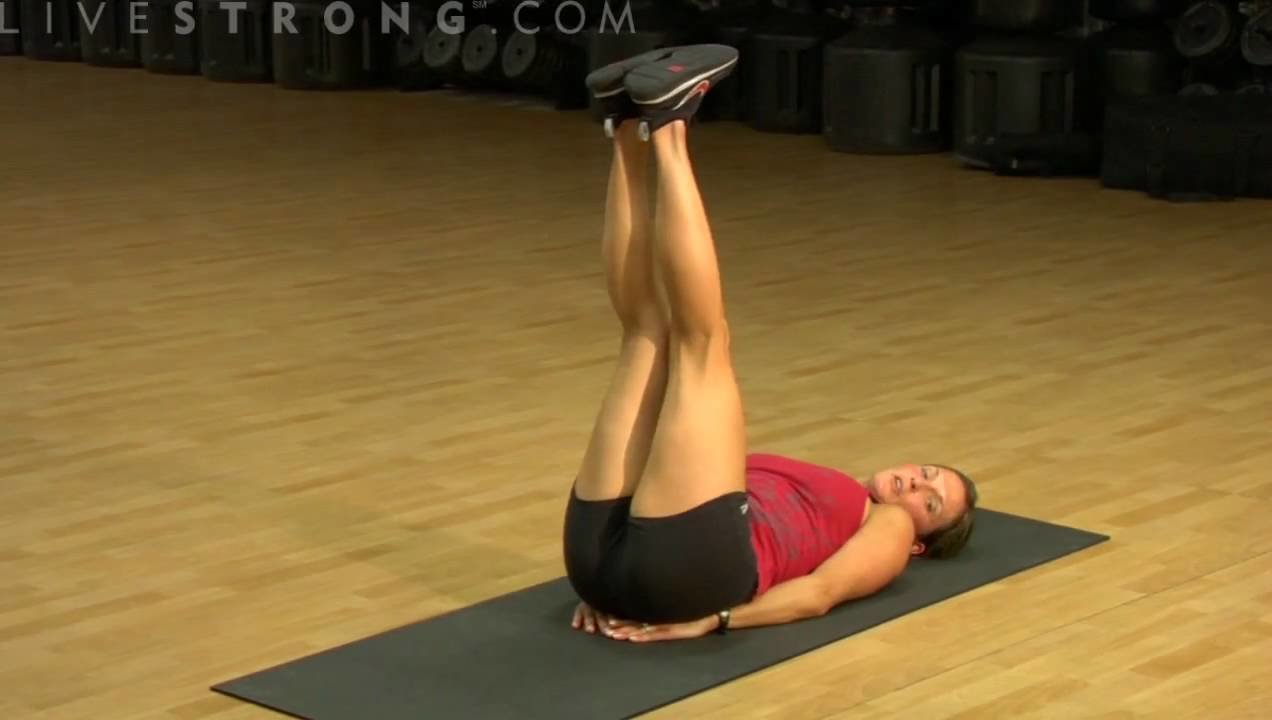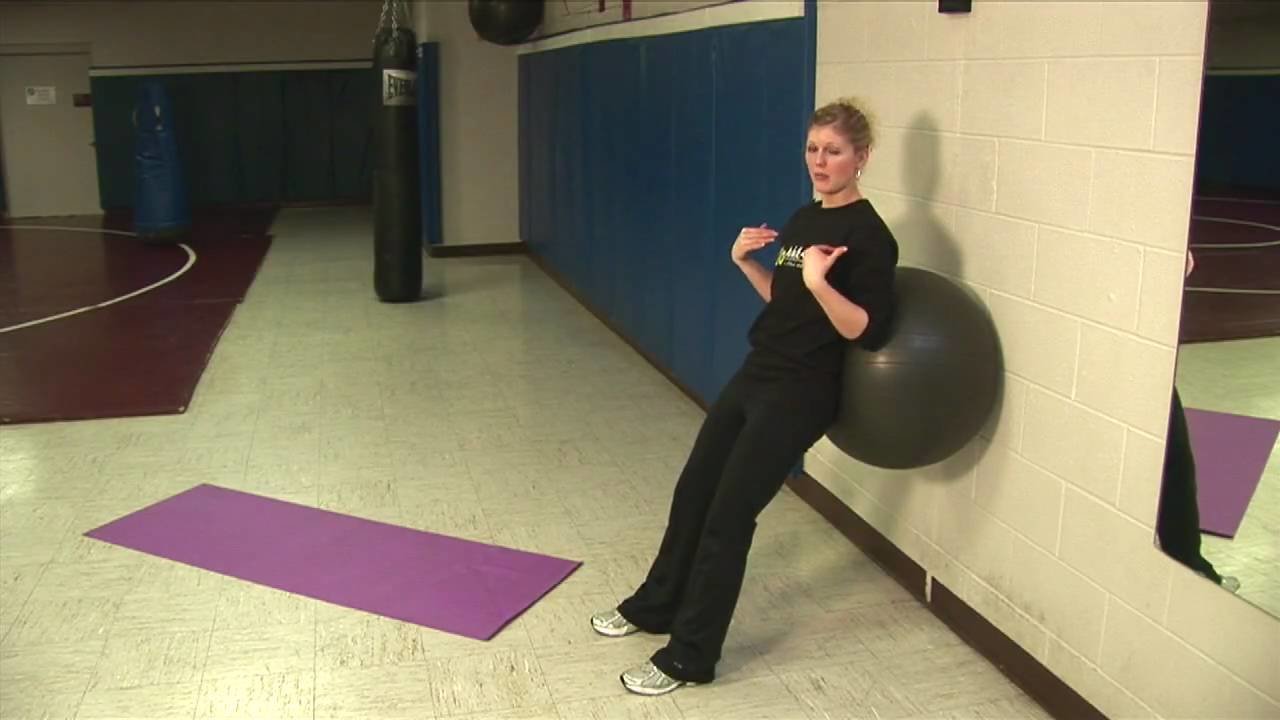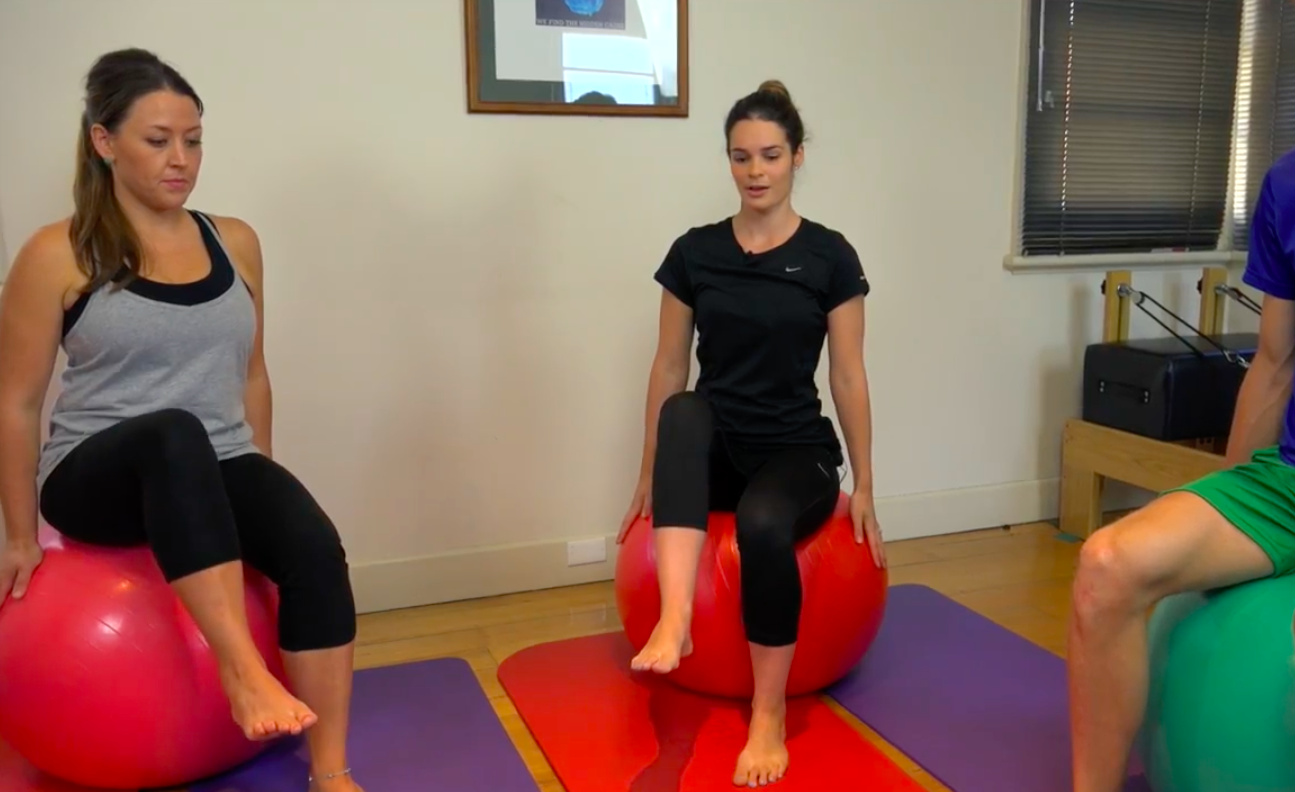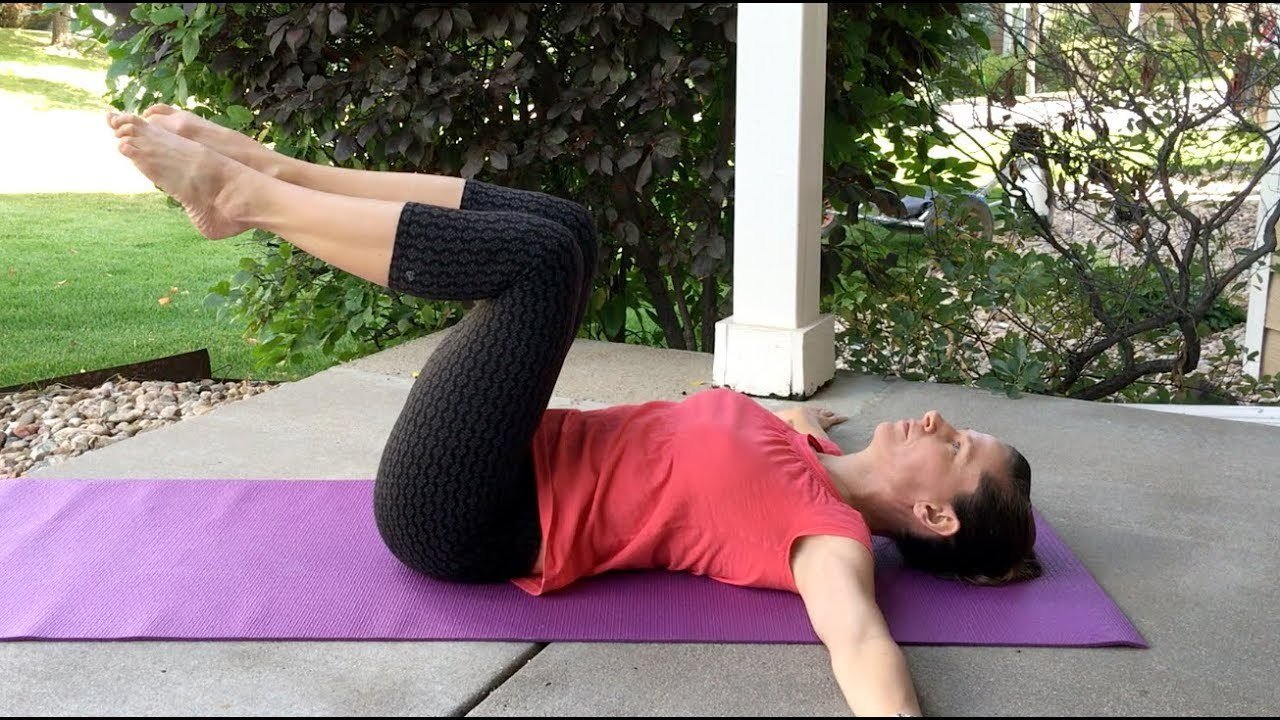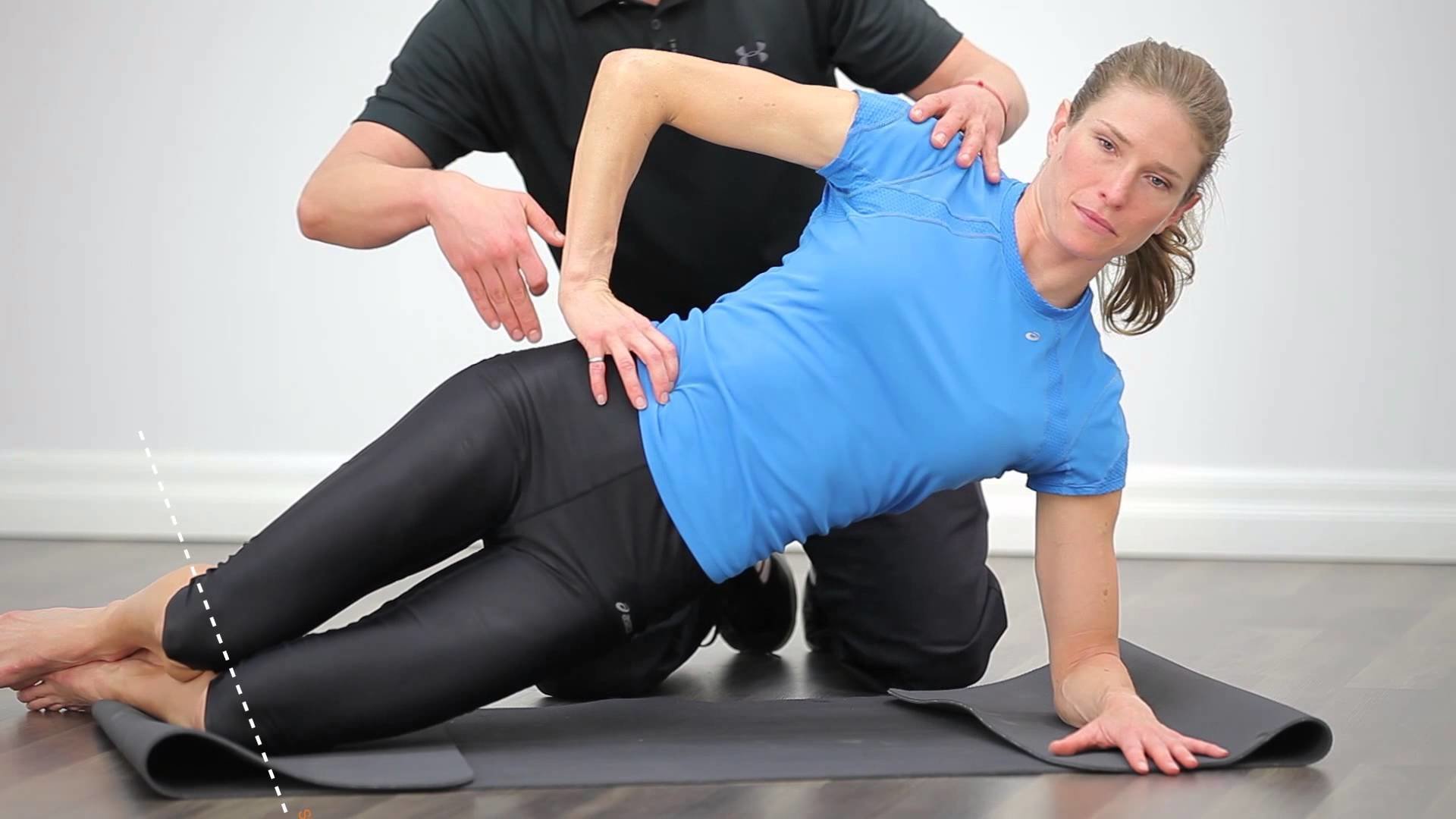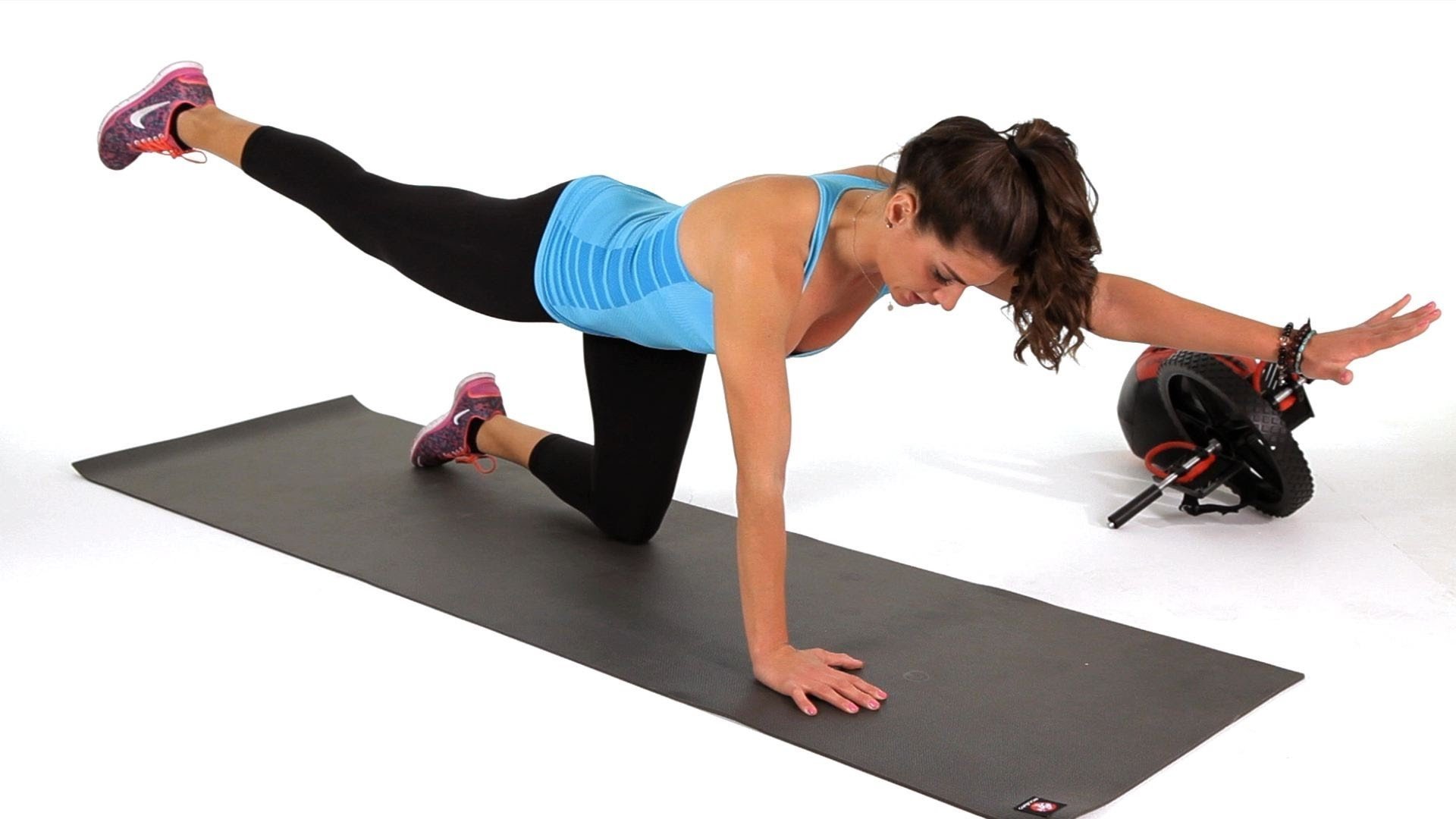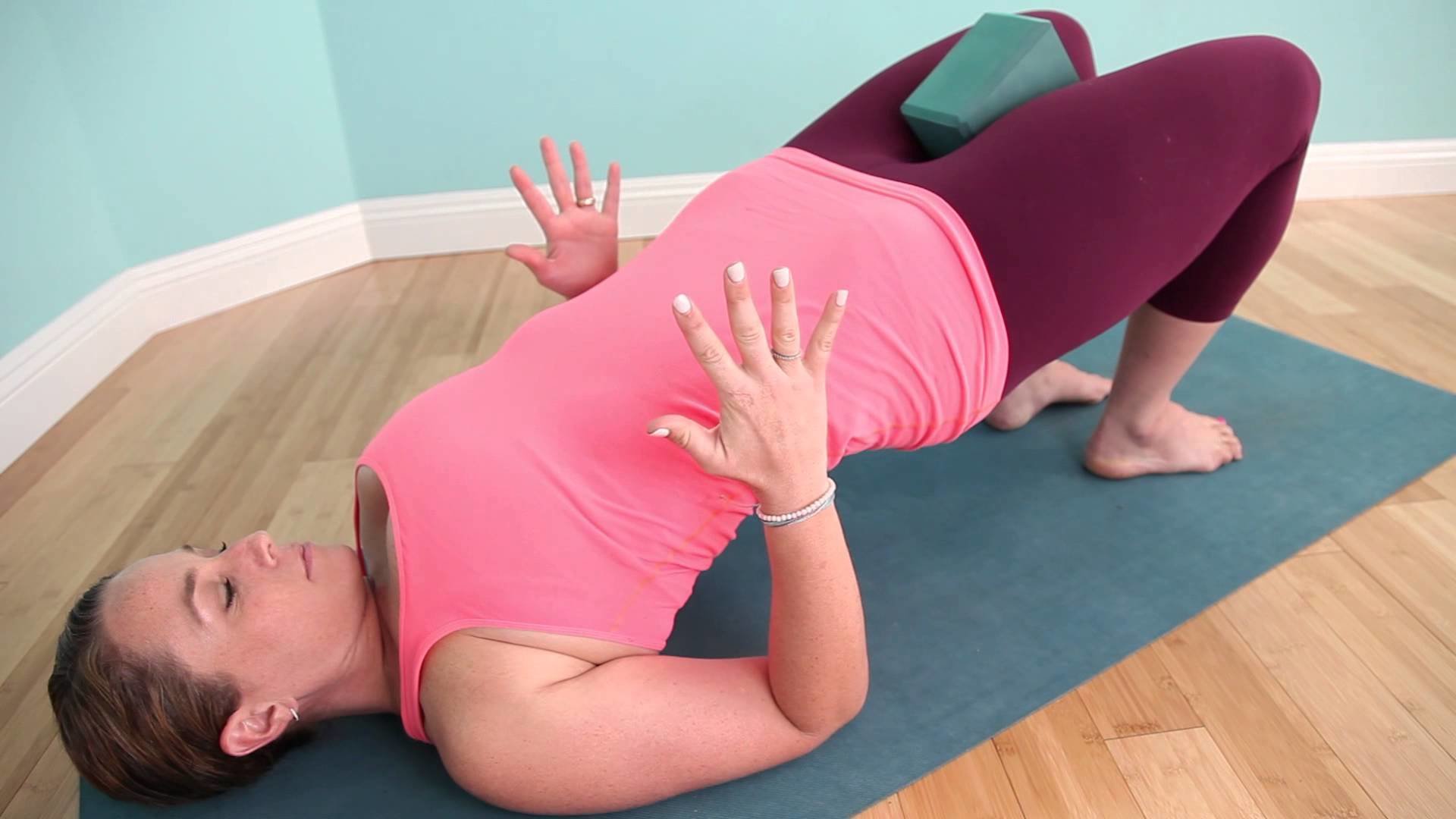Anxious to start a new mom workout routine? We spoke with four fitness experts who specialize in postpartum strength training (many of whom are moms themselves!): Heather Tyler, personal trainer and owner of Simply Fit LADayna Kurtz, a personal trainer with a certificate in training pre and postnatal clients; Kendra Fitzgerald, a postpartum corrective exercise specialist and co-founder of Devoted Mamas; and Crystal Widmann, a personal trainer and women’s fitness specialist at Y2BFit.
“It’s so much more than just ‘getting that body back,’” Kendra Fitzgerald tells CafeMom. “I want moms to feel even stronger than before they had kids and be able to go into any gym class and not make any issues worse.”
The postpartum period lasts up to six months while the body adjusts to its new changes after giving birth, according to an article posted in the Journal of Prenatal Medicine, so there’s no rush to begin getting back in shape. It’s also important to remember that not all exercises are treated equally and that exercises like HIIT or weight training should only be attempted by women who are further along in the postpartum process.
Crystal Widmann tells CafeMom that moms should wait until the first postpartum doctor’s appointment (about six weeks after giving birth) before beginning any exercise routine. However, some low-impact stretches like the Transverse Abdominal Contractions can be begun almost immediately after a natural birth. Other exercises like higher intensity drills or anything using weights will likely take several months to get back into.
“As always, we should listen to our body,” Heather Tyler tells CafeMom. “Walking and swimming are good first introductions. Stay hydrated and consume enough fuel if breastfeeding (usually an extra 400-600 calories per day before strenuous exercise).”
Tyler said that after giving birth, she was walking and stretching by weeks two and three, planking after week four, swimming after week six, and doing resistance work after week 12.
That being said, everyone’s body is different and some women may take a longer time to adjust than others. As always, consult a doctor before beginning any exercises.
From challenging HIIT exercises to simple neck stretches, these 35 training moves and cardio exercises are designed to make the physical transition from pre- to postnatal easier on Mom’s body (and help keep up with those midnight feedings!).
fizkes/Shutterstock
Tyler suggests trying four different plank positions: the default “push-up” position, leaning on forearms and elbows, and planking on each side. Start by aiming for 30 seconds total, and then slowly add time as the plank position becomes more comfortable.
“Movement and releasing the muscles are important for postpartum moms since we sit in static positions and lie down so often with the new ones,” Tyler says. “Stretches are great things to combat lower back pain.”
Tyler suggests holding a light weight (5-10 pounds) in one hand, while supporting the forearm from wrist to elbow (and don’t move forearm) and holding the weight up and down, and repeating this simple exercise 10 times, three reps for each arm. This exercise will improve overall grip and forearm strength.
To alleviate that pain, stretch the neck to the right side by gently placing pressure on it with the weight of the right arm on the side of the head, Tyler says. Hold for 30-60 seconds, then look down toward armpit and hold for 30-60 seconds, and then back to first position and hold 30-60 seconds. Repeat on the left side.
Heather Tyler suggests starting with light-medium weights: lie flat on a bench, hold the weights with arms bent at 90 degrees, (elbows toward floor), press upwards overhead with arms extended straight over the shoulders, and repeat. She recommended three sets of 12-15 reps per day.
“Lean slightly forward with a straight/neutral back, hold weights just above the thighs and pull arms back, bending elbows and keeping weights as close to waist as possible,” Tyler explains. “Squeeze shoulder blades together then release controlled back to starting position.”
She recommended three sets of 10-15 reps each.
“Swimming is one of the best full-body cardio activities, pre and post baby!” Tyler says.
“Even biking short distances will help moms condition and get back on track,” Tyler says.
“Combine strength and core exercises with these higher-intensity cardio moves,” Tyler says. She suggests trying short bursts of burpees, jumping jacks, and high knees / jogging in place.
Here’s how to do one properly: Stand with feet about a shoulder’s width apart, and toes pointed at about a 45-degree angle. Tuck the tailbone under to engage the core muscles. Take a deep breath and slowly bend the knees and then slowly rise back to a standing position. For an added arm boost, get the baby involved!
“Come down onto hands and knees onto a mat. Make sure that the wrists are lined up under the shoulders, and knees are underneath the hips,” Kurtz explains. “From here, walk the hands forward, and allow the lower legs to bend up towards the sky, forming about a 45 degree angle. Exhale and lower toward the ground. Inhale on the way up.”
“Take one step forward, then bend the knees so that they just gently grace the ground,” Kurtz says. “Straighten the knees, slowly come back up and then bring front leg back to the starting position. To bring baby into the fun, place him facing out with one arm under his bum and the other around his chest.”
In this exercise — as shown in Kurtz’s video demonstration here — new moms can stand shoulders-width apart, holding their baby over their head on one side, while bringing their knee up to complete the standing obliques crunch. She recommends aiming for 7-10 reps.
Here’s how to do them: Start out in a plank position, with the wrists aligned under the elbows, and for about 30 seconds at a time, bring the knees up into the elbows. Repeat as necessary for about 10-15 reps.
To complete this exercise, keep the hips stable while in a squat or sitting position, then twist to the side while keeping hands over the chest. Repeat for both sides.
“This exercise targets the pelvic floor and expansion of the mid-back to help with deep rib breathing,” Fitzgerald says. “New moms need this expansion in the mid-back for their core muscles to function properly.”
To activate the TVA muscles during exercise, lay down with bent knees and push the belly button into the spine. On exhale, lift the pelvic floor for full TVA activation.
“The glutes and hip flexors tend to compensate when there is weakness in the pelvic floor / core,” Fitzgerald says. “These are excellent for new moms because it helps re-coordinate the diaphragm, pelvic floor, and abdominals to stabilize the pressure in the abdominal canister.”
“The goal is to keep the spine, hips and ribcage completely stable while moving the extremities,” Fitzgerald says.
Here’s how to do it: Lift knees into a bridge pose with knees pressing forward off the feet. While keeping knees stable, march in place one leg at a time.
The hip hinges are designed to relieve that pressure. Simply stand up straight and then bend over at the waist, using the hips as a “hinge” without bending the knees.
“Squats are necessary for postpartum because we squat so much in everyday life and it’s essential that they are done correctly,” Fitzgerald says. “Squats reinforce the benefits of the hip hinge, help maintain proper pelvis alignment when sitting and lifting heavy objects (like small children!), and strengthen the pelvic floor.”
To accomplish this exercise, start by laying stomach-face-down with arms outstretched back. Glide arms just above the floor, then bring fingertips to forehead then glide arms back. Repeat for 10-15 reps.
For the child’s pose, make sure the knees are bent and wide, breathe deeply into the upper back, and walk slowly toward the left and right sides. Repeat for 5-10 breaths.
This pose — with one leg outstretched in the back and the other bent in front at a 90-degree angle — strengthens the hip flexors and helps realign the pelvis to neutral. Hold for 5-10 breaths on each side.
To try this stretch, sit tall with opposite hand over the head. Reach the opposite arm out and down to stretch the neck. Hold pose for 5-10 breaths.
“The transverse muscle naturally engages when we exhale, but we lose this connection when we are pregnant due to the muscle stretching as well as the breathing pattern changing as the organs shift upward during pregnancy,” Crystal Widmann says. “Adding heel slides to the initial transverse abdominal contraction is a progression to make the move a little more difficult.”
“Adding knee lifts to the initial transverse abdominal contraction is a progression to make the move a little more difficult by extending one leg and placing tension on the hip flexor which connects directly to the deep core muscles,” Widmann says.
“This is a great exercise during the postpartum period because it mirrors the everyday move of bending down to lift things (like our kids) while teaching the transverse muscle to engage when we perform these movements,” says Widmann.
“This exercise trains the transverse abdominal muscle to engage on an unstable surface because you’re using your transverse muscle to prevent yourself from rolling off the ball as you lift one leg off the floor,” said Widmann.
“This exercise works the transverse muscle while also working the obliques in a safe way that doesn’t place pressure on the rectus abdominals or the pelvic floor,” says Widmann.
“Side planks are a great way to engage both the transverse as well as the oblique muscles,” says Widmann.
“The best way to work the rectus abs during the postpartum period is as a stabilizer for other muscles as opposed to more focused movements like crunches,” Widmann says.
“It’s important to perform exercises for both the glutes, back, and core during the postpartum period to develop stability through the pelvis,” says Widmann.
